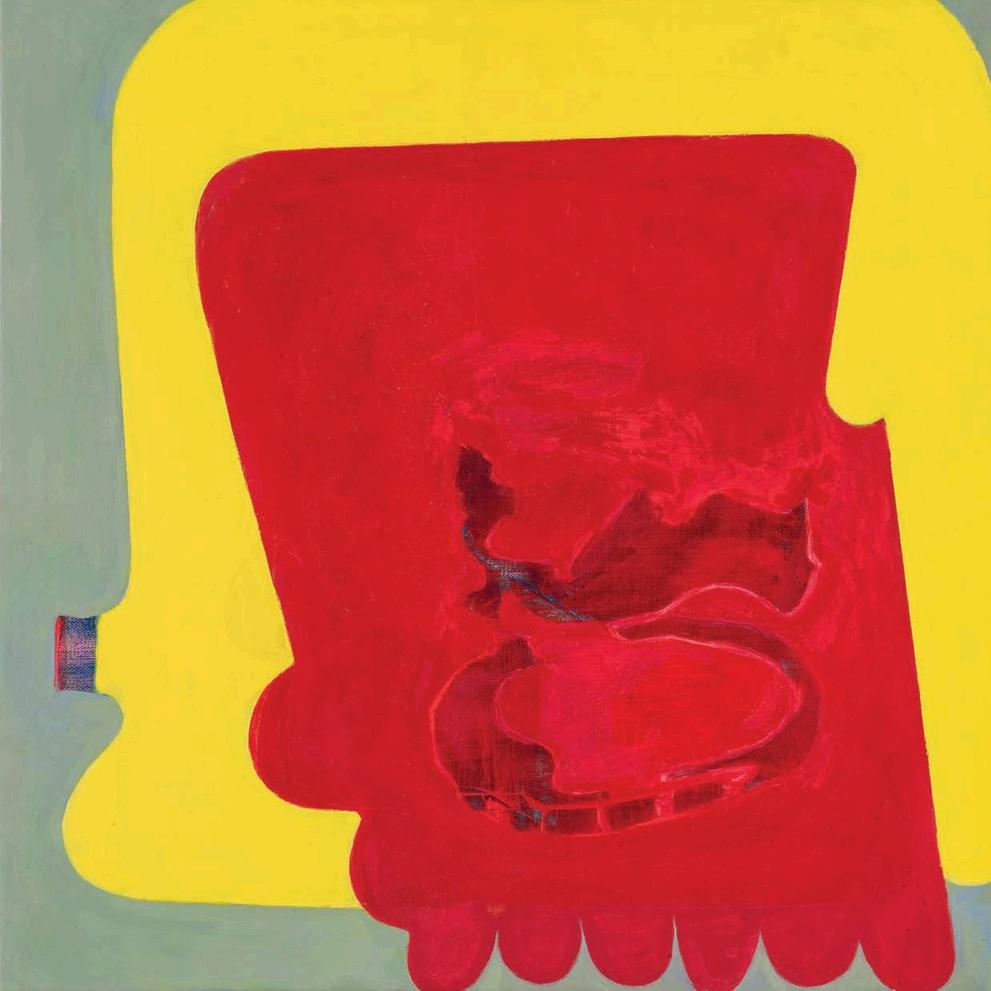

FRAN SHALOM
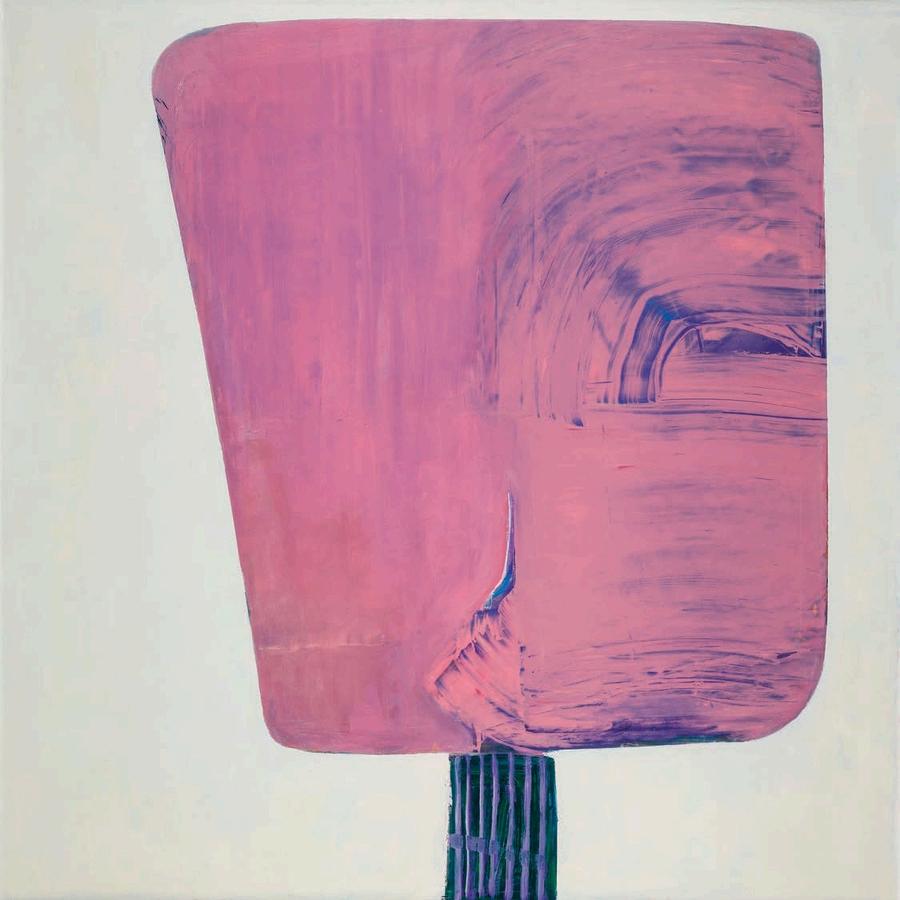
The second chapter of How to See by David Salle begins with a few rhetor cal dev ces. He writes “What makes a picture? Is every painting pictorial, or is it a qua ty only some paint ngs possess? The answer rests on how forcefully a painting evokes the strangeness of the visual world and the arrangements that have to be in p ace for something to be pictured the interconnectedness of the image-source, the rectangle, and the manner in which the paint comes to rest on the canvas ” We could add a successful painting establishes the terms for visual experience. Fran Sha om, who has been exhibiting since the late 1980s, makes modest-sized abstract paintings full of id osyncratic decis on making and irreverent playfulness. Her practice s wedded to improv sation, she uses no preset palette, does no preliminary research, and no pr or sketches or studies inform her paintings She begins by laying down a color or shape and the rest is a call and response Yet the artist operates with n a tight vocabulary as dirty saturated color frequently describes arge c rcu ar forms resembling heads, screens, and totems pulsating with near clarity and Pop- nflected drama.
Shalom completed her MFA at the Art Inst tute n San Francisco as a photographer, and for years lugged around a Hasselb ad, which has a 2 ¼ by 2 ¼ frame. Naturally, the artist fel n love with the square. When she shifted to painting, there was a bui t in familiarity with the square format and all of its attendant baggage. Shalom is a self-descr bed Modernist painter. She is not however interested in the concerns of Non-Objective abstraction, but instead leans into referentiality. The artist has also long ma ntained a Zen Buddhist practice, which places considerable emphasis on change, flexibility, direct experience and rejects a f xed approach to th ngs; qualities readily apparent in her paint ngs. J.J. Murphy has previously written about the formal relationship between the late Thomas Nozkowski and Fran Shalom, as they both share a penchant for modest easel-sized work and cartoon-like formal invention. Another likely painterly bedfellow is Brenda Goodman. Both artists have been described as painters painters as each employs transparent veils of co or that alternate with sharp, linear geometr c form, and materially dense passages to create deeply psycholog cal worlds Yet whi e the materiality of Goodman s pa ntings evoke psycholog cal grief and bodily vulnerability; Shalom’s paintings are decidedly character-like, and her forms are biomorphic as opposed to geometric. Nearly a l of her works read as abstract self-portra ts portraying one s changing attitude and identity within a complex emot onal spectrum.
While I had been familiar w th Fran Shalom’s work n the past, a recent summer visit to her studio in Jersey City revealed a certain cont nu ty behind her improvisation. A number of recent 2024 paint ngs l ke Double Take, Dance Yourself Clean, and Forgett ng the Self a use variants of red, orange, magenta or pink as a dom nant color assigned to a central form on an off-square substrate. Here Shalom s co or is found, matte and expansive. There is a sharp dynamism to Double Take, which features a large red curvilinear central form with swirling appendages,
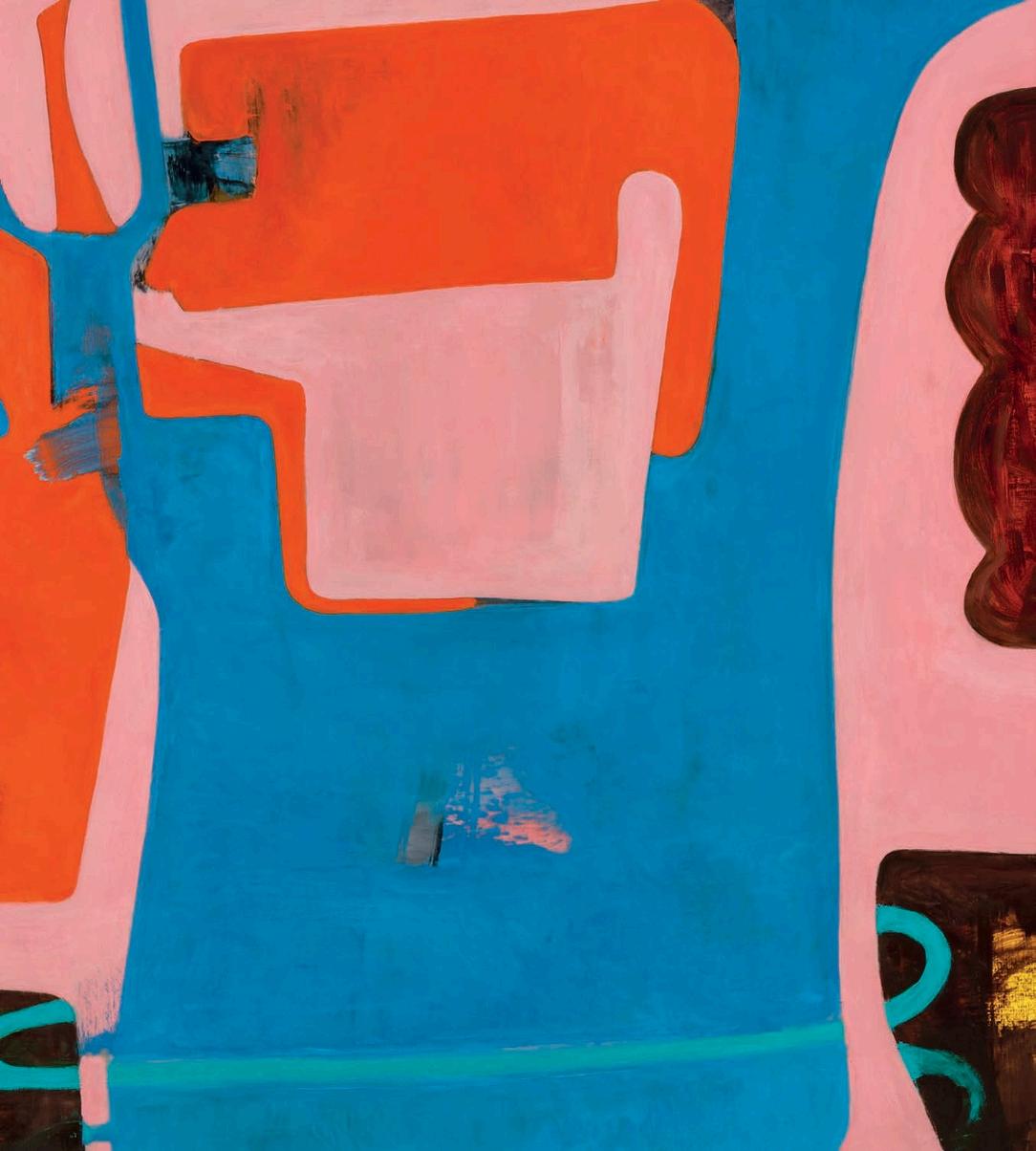
offset by a bright yellow drop shadow that cuts out the surrounding negat ve space. Forgetting the Self contains a d rty magenta biomorphic head-like form propped up by a phthalo blue grooved neck, framed by a white negative space It is strange mysterious and highly evocat ve A l three paint ngs emphasize their history Successive ayers of paint create muted passages, which at times, expose transparent underpaintings that act as visual breadcrumbs wa king the viewer through labor, time, and decision mak ng.
In thinking about these works, I m inclined to counter another set of questions. What role can intuition play in abstract painting in the wake of Abstract Express on sm? Is abstraction always self-referent a ? And if so, what self is being referenced? Modernist pa nting took up the task of self-def nit on and it did so by asking itself empirical quest ons. Questions that were essential to its physical makeup. A few things turned up: intent onally, chance and improvisation These three distinct modalit es would appear throughout the 20th century aga n and again A notable example of chance operations is Jean Arp s paper collage works where he famously tore paper nto p eces, and after letting them f utter to the f oor he then pasted it onto a substrate n the pattern they happened to fall. W lem DeKooning s paintings fused together the psychic automatism of the Surrealists w th a gestural lyricism editing and adding passages, he often wiped away paint to reveal underpaintings, eventually arriving at an exuberant mater a sm. And, of course, there s the intentionality of Min malists like Donald Judd, whose use of industrial materials and insistence on whole, basic shapes resulted in works that stacked or progressed as sequences in mathemat cal arrangements. Shalom is not a process painter nor s she concerned with theories of intent The artist doesn t emphasize chance operations and the elimination of one s aesthetic cho ces Abstract Expressionism, with its des re for human sm, the sublime and transcendence on a grand scale, is too hero c for Shalom. Hers is an artist c practice where intentionality operates by way of improvisation and intuition. Nothing s preplanned. Yet, the discovery of the right form, color or compos tion is crystallized in the very moment of ts fruition. It s a process not unlike jazz, one where know edge and exper ence provides a musician the opportunity to be intentiona as they riff in a given direction
Intuit on n the hands of Sha om is more than just a knee-jerk response, which can churn out rather obvious, repetitive paintings. Rather, intuition is a knowledge-based internal process whereby prior dec sions are internalized, and then made available in rea time, an open-ended process that the artist has honed for many years. At a moment when artists are highly keyed nto trends, ntuition can operate as a device to eschew perfectionism, persona branding and even irony The artist states, “there are a number of pa ntings underneath the final painting that show that there is a history, that t s not perfect. I don t want perfect.” Shalom isn t after a grand project. That her work mirrors her meditation practice may come as no surprise. These are paintings that serve as a way to organ ze one’s thoughts, to exam ne the nature of one s identity, and to open up potential avenues for visual discovery
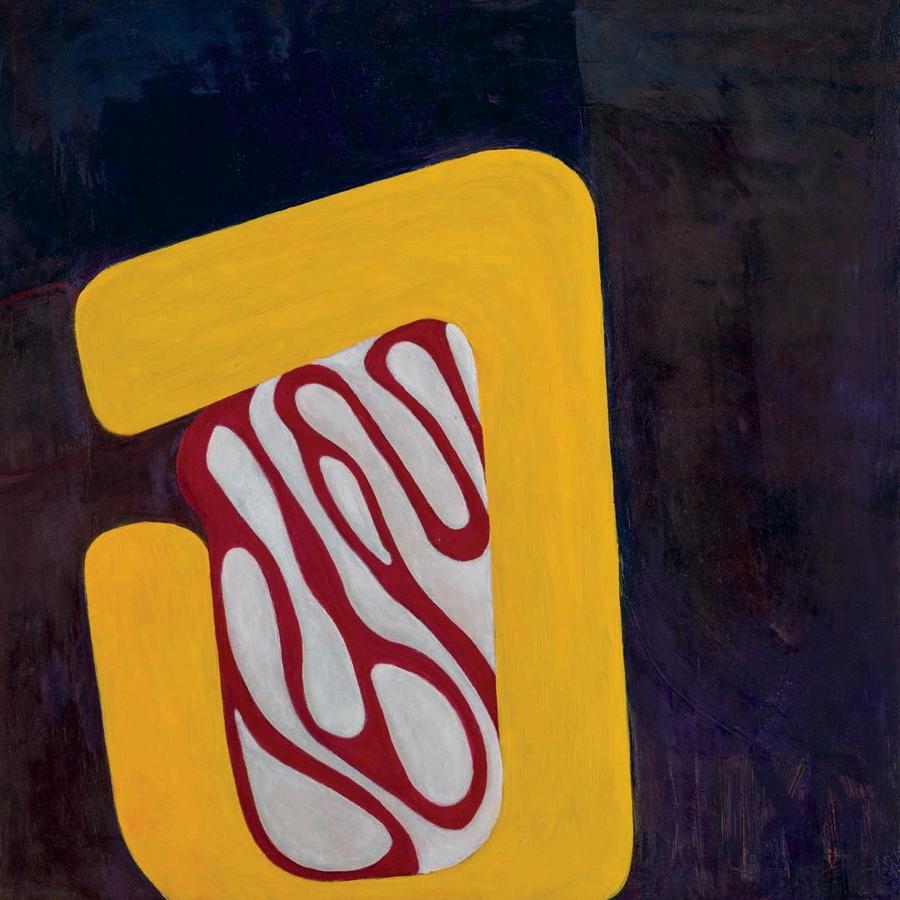
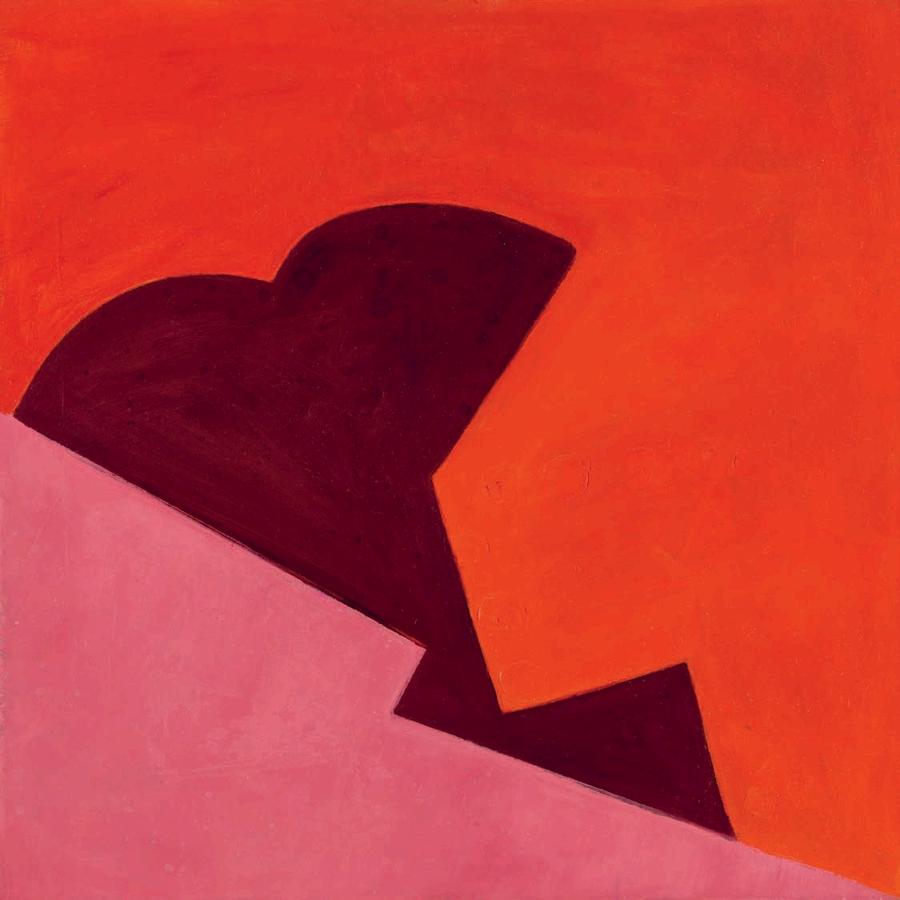
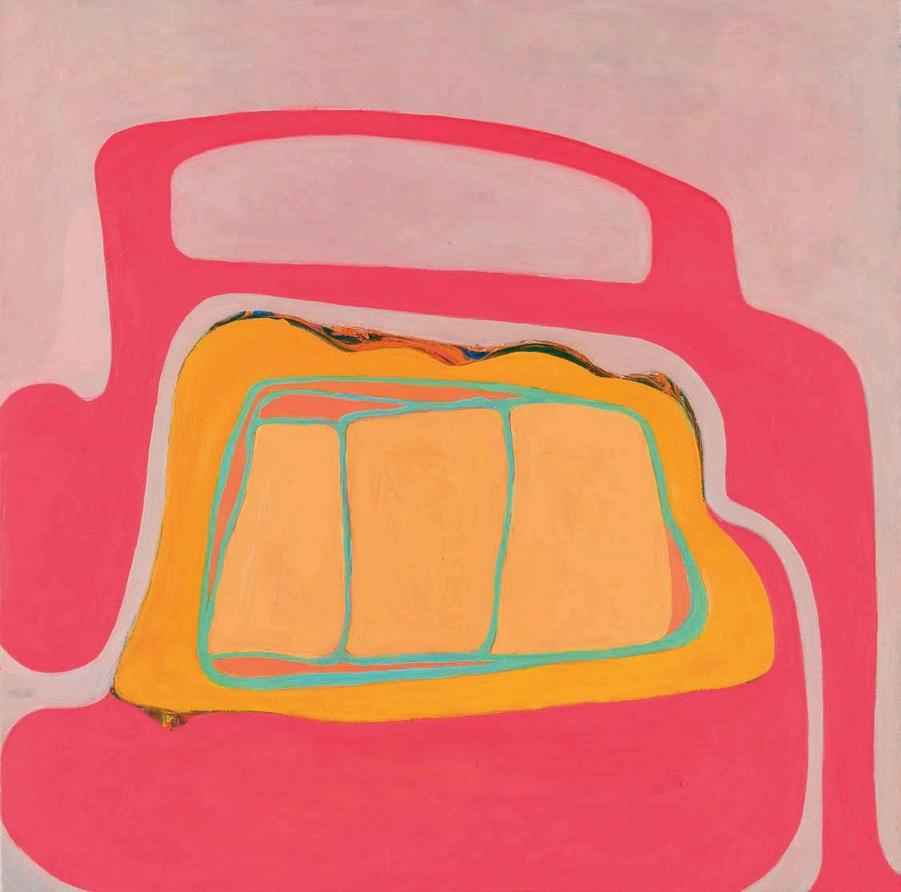
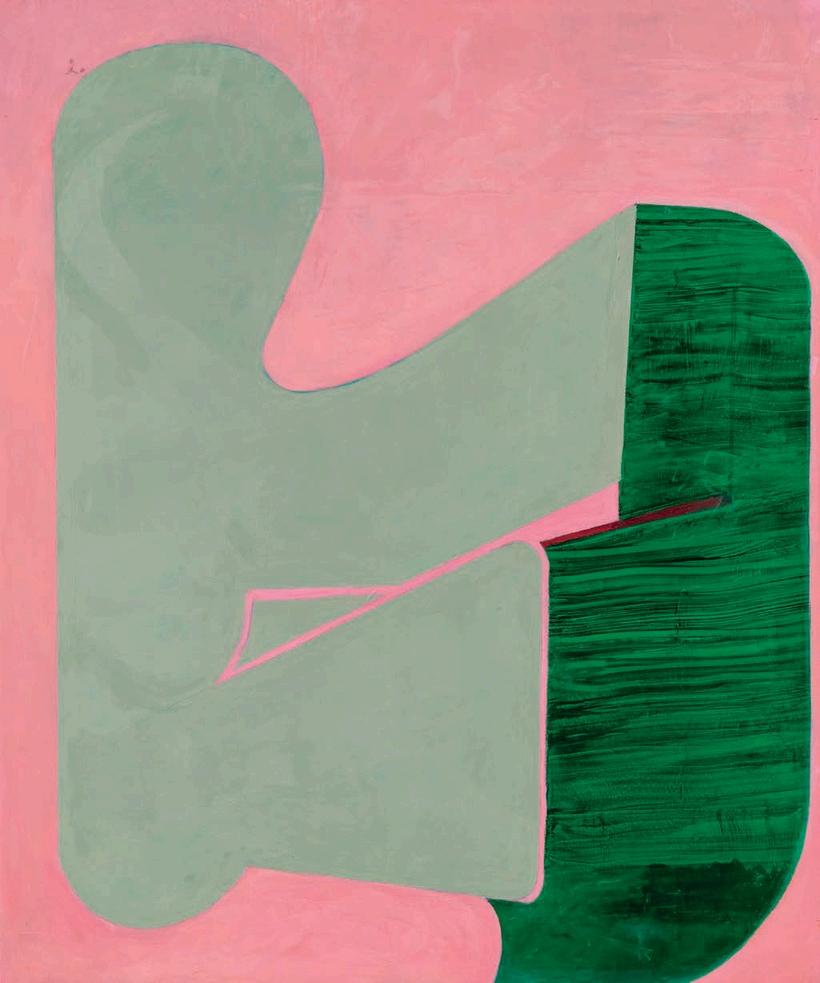
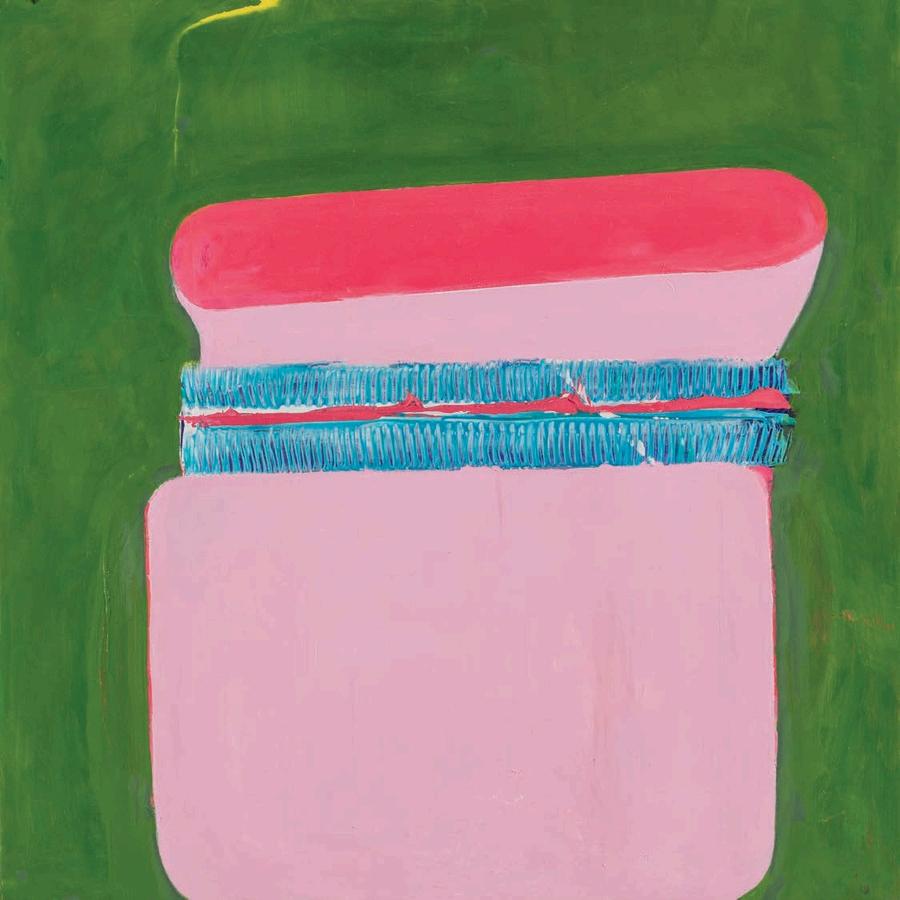
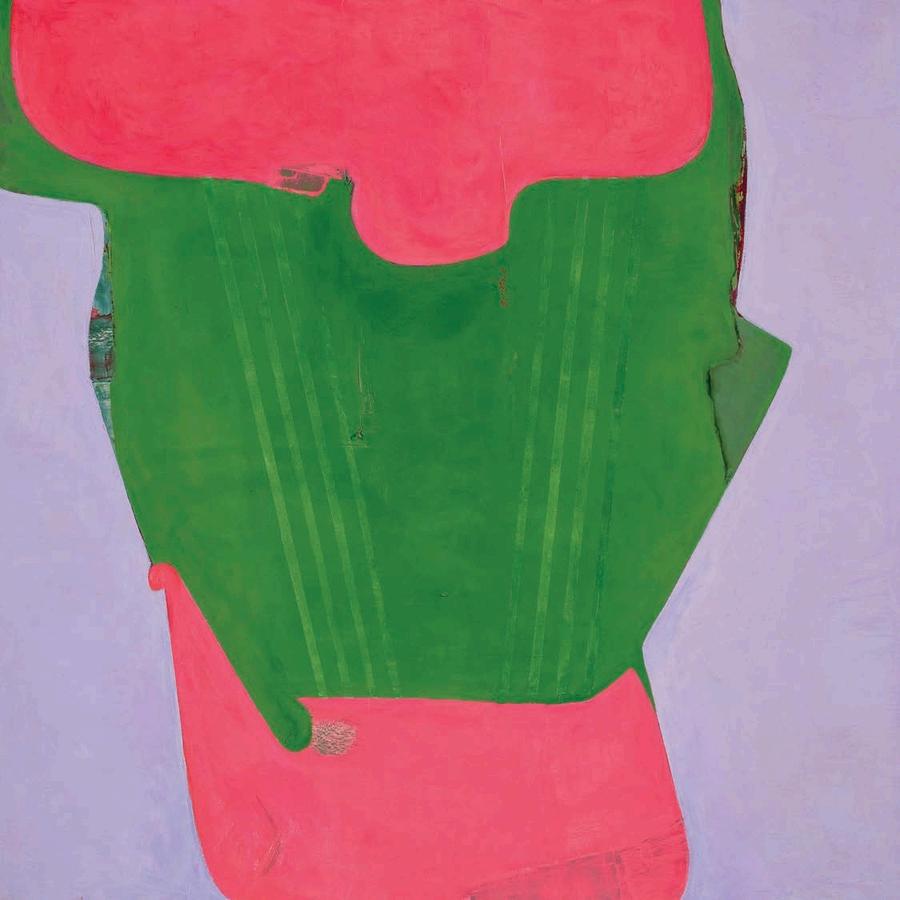
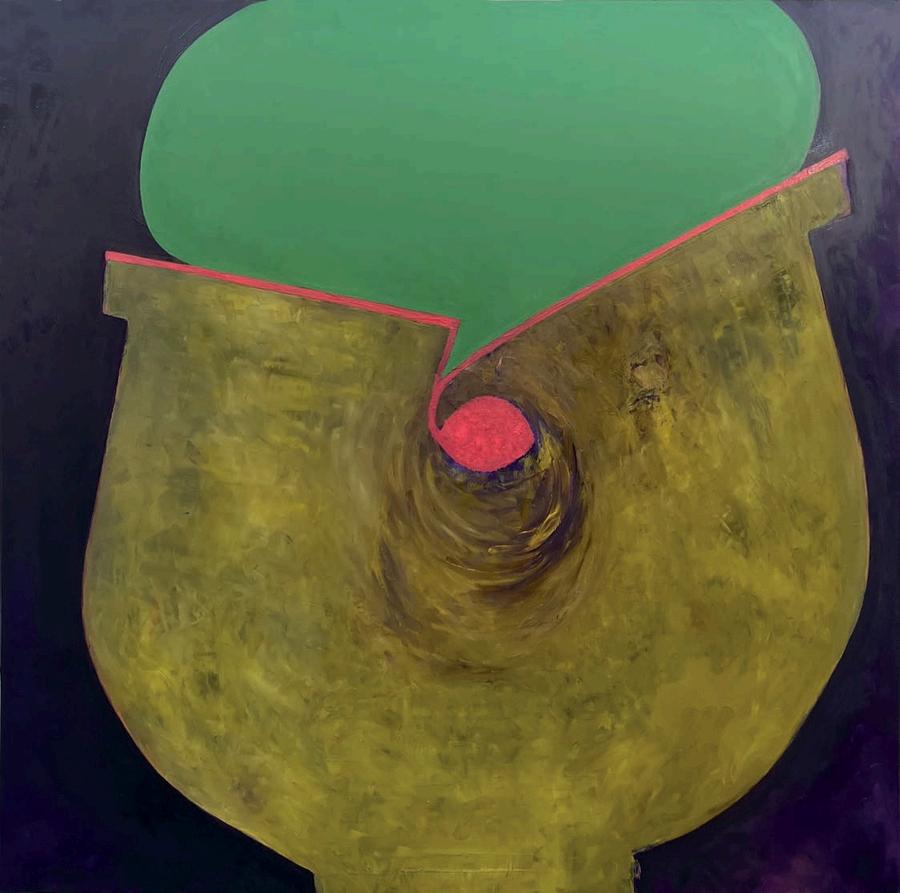
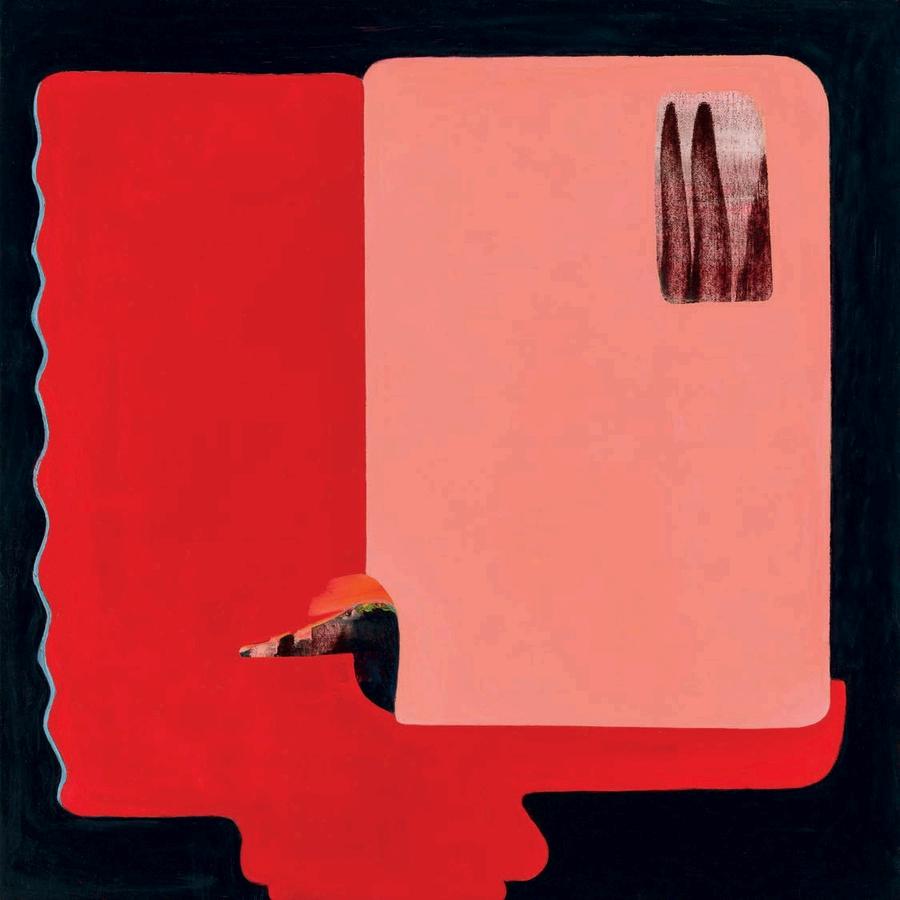
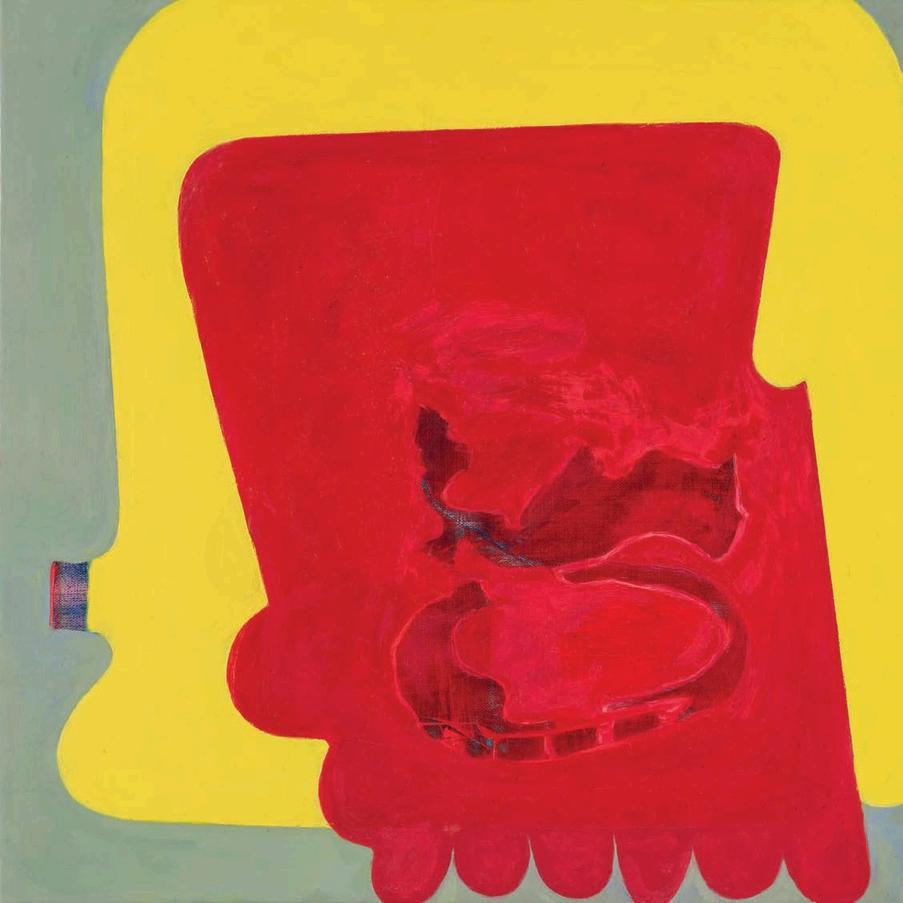
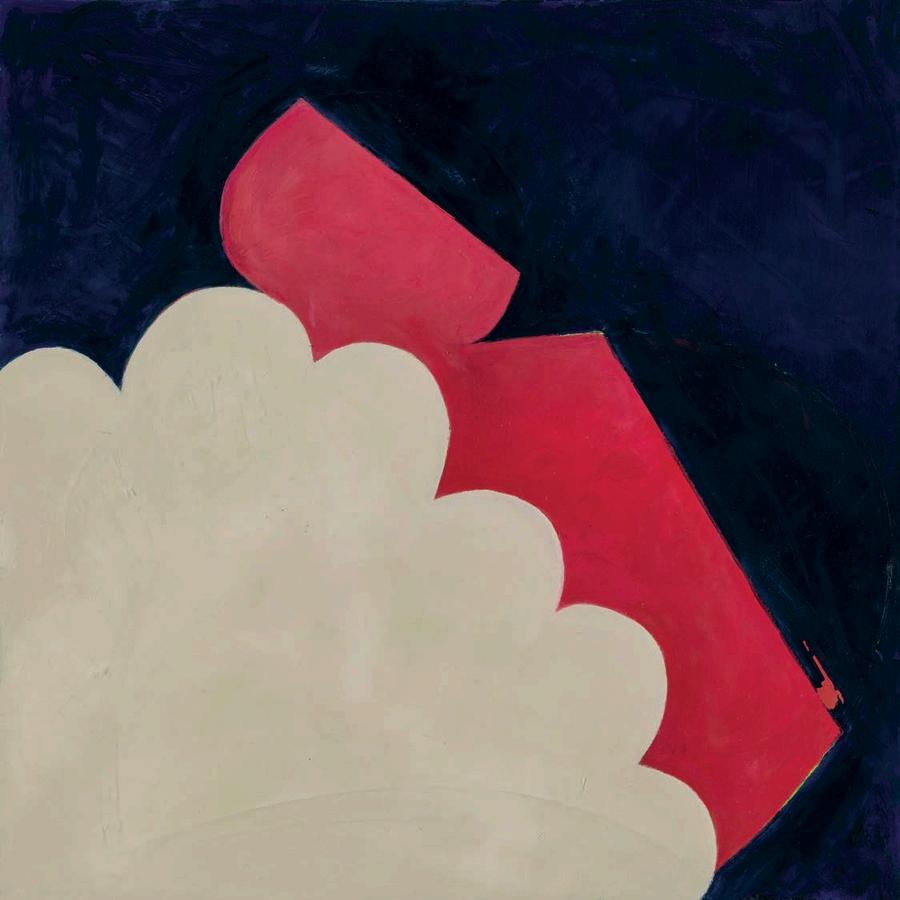
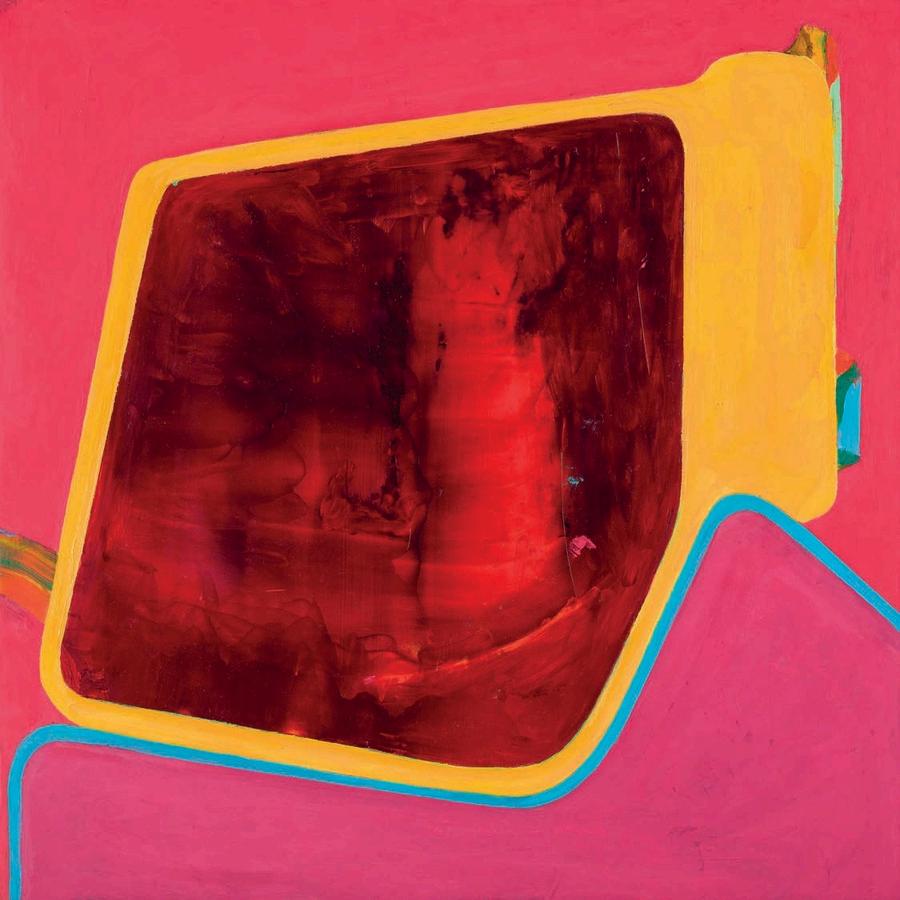
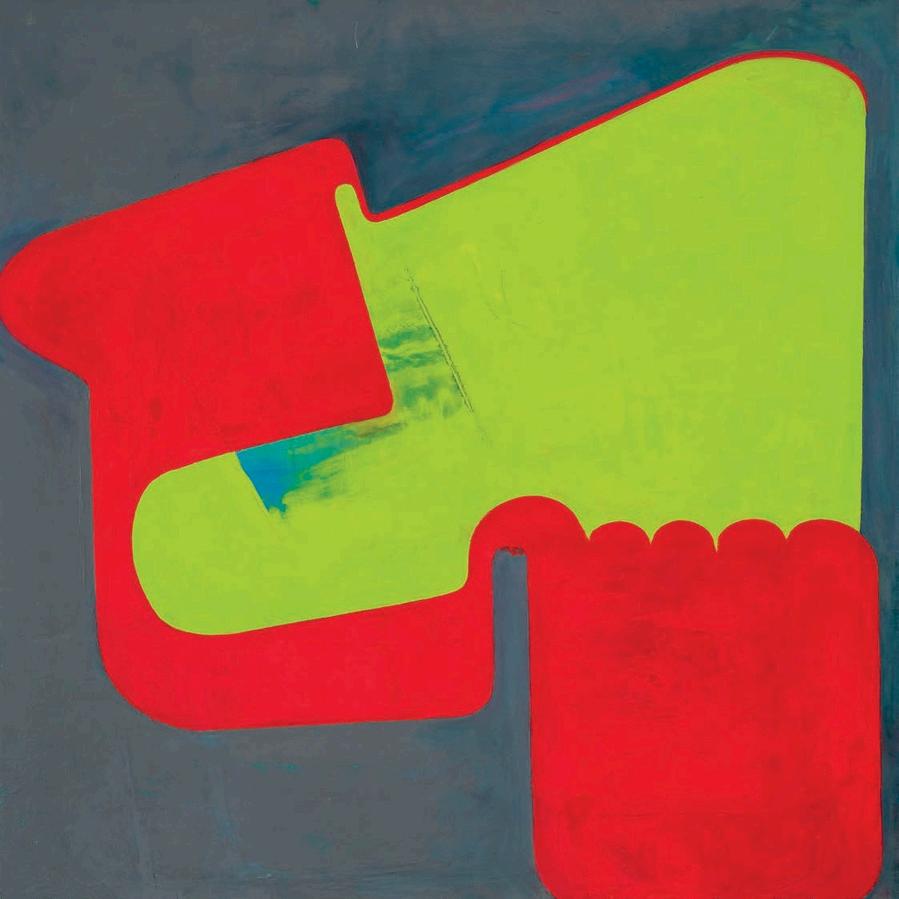
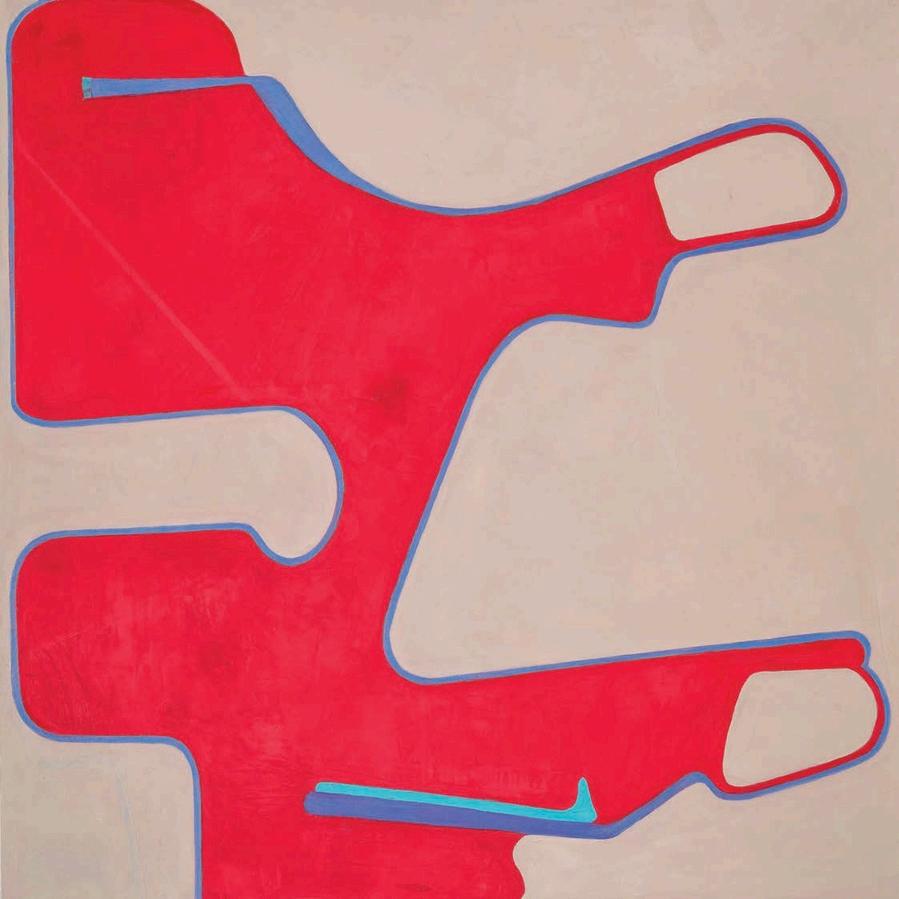
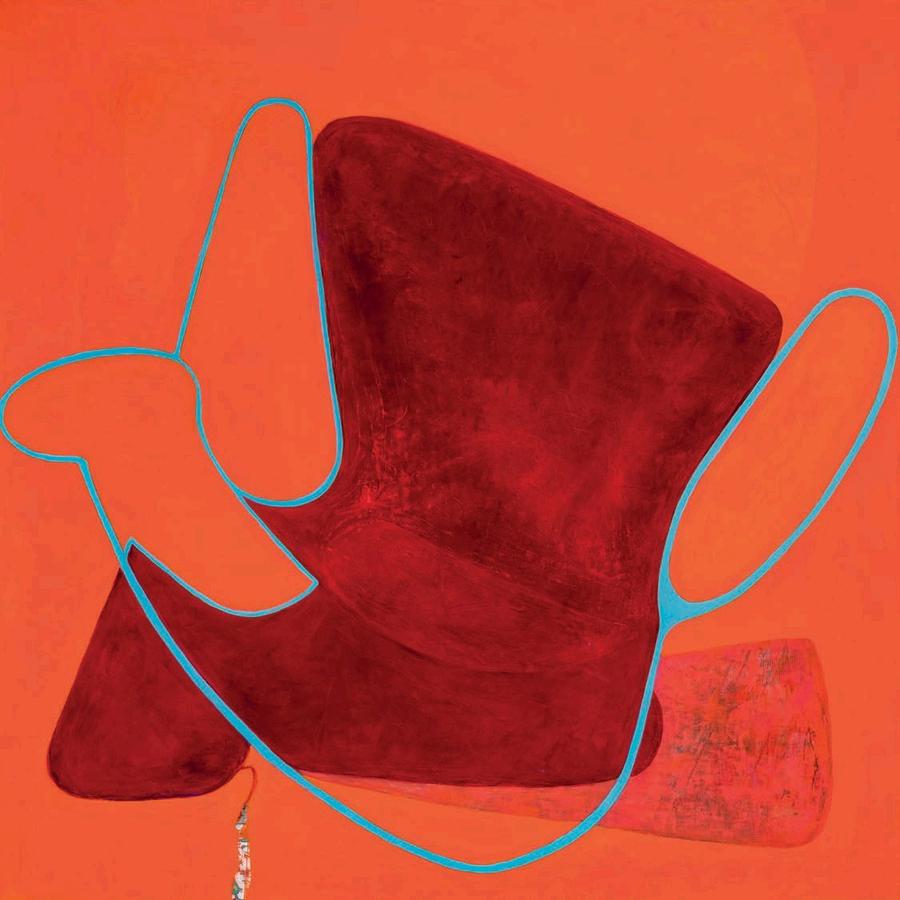
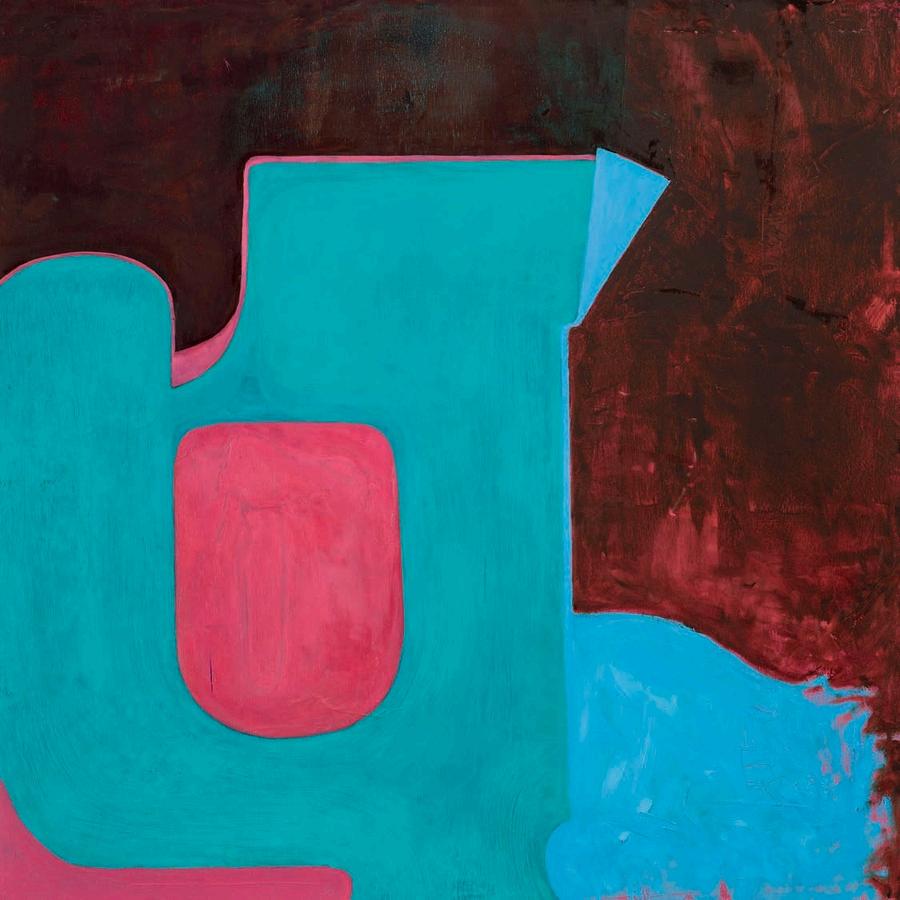
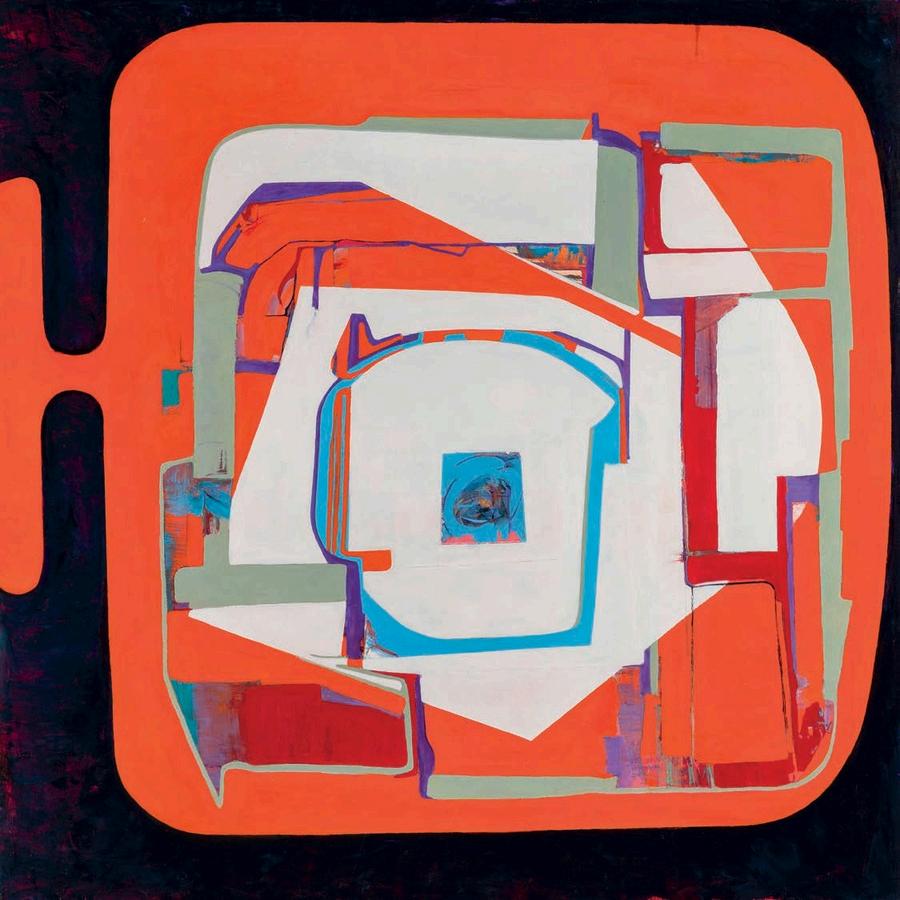
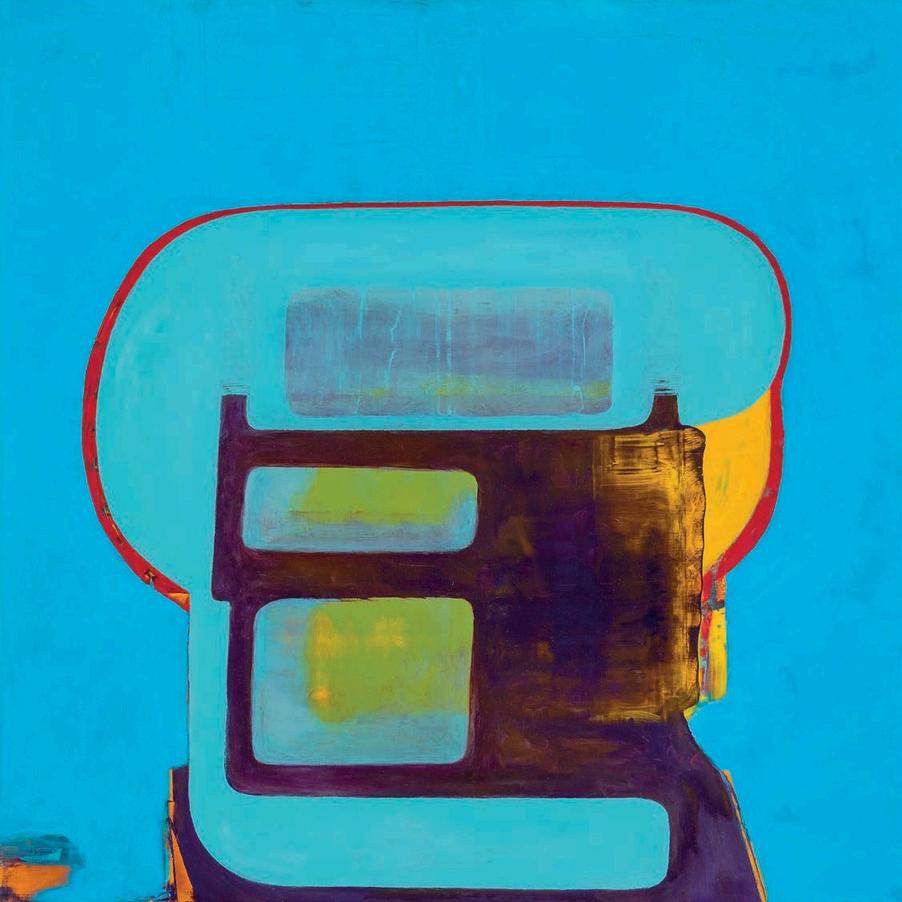
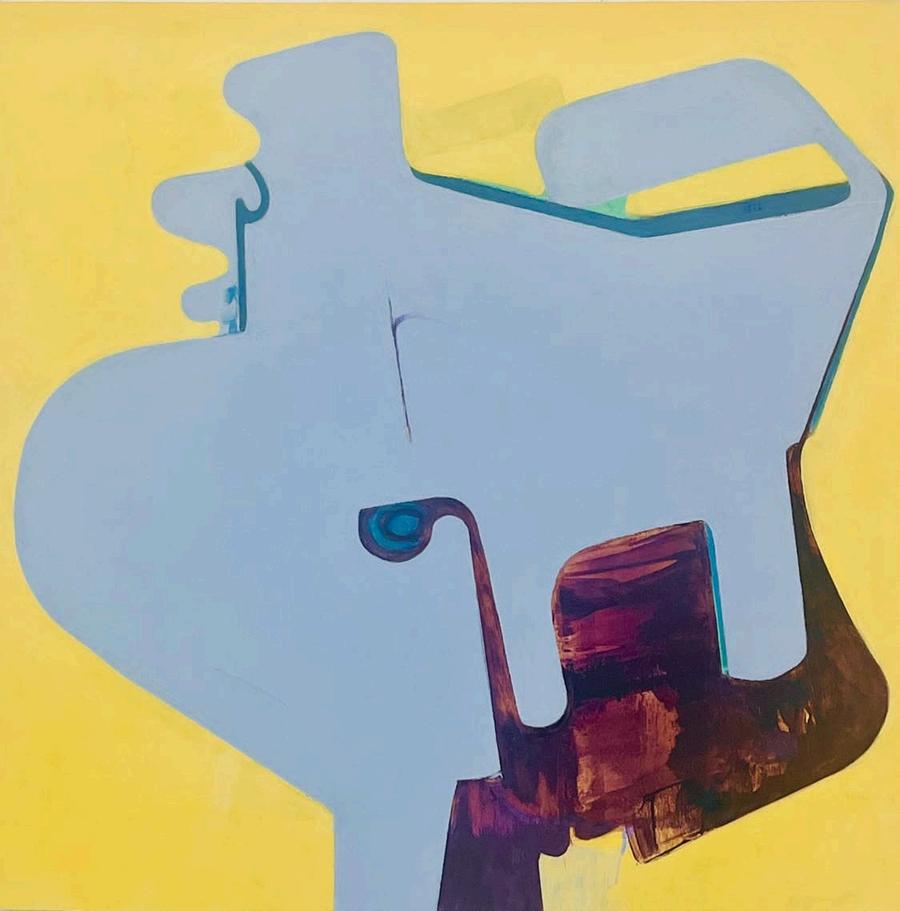
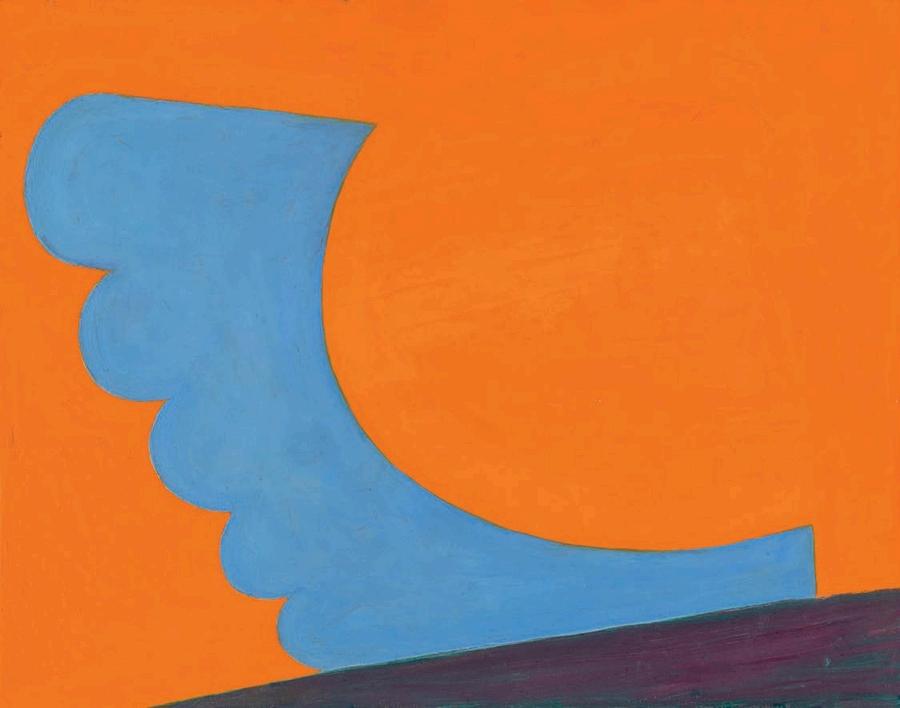
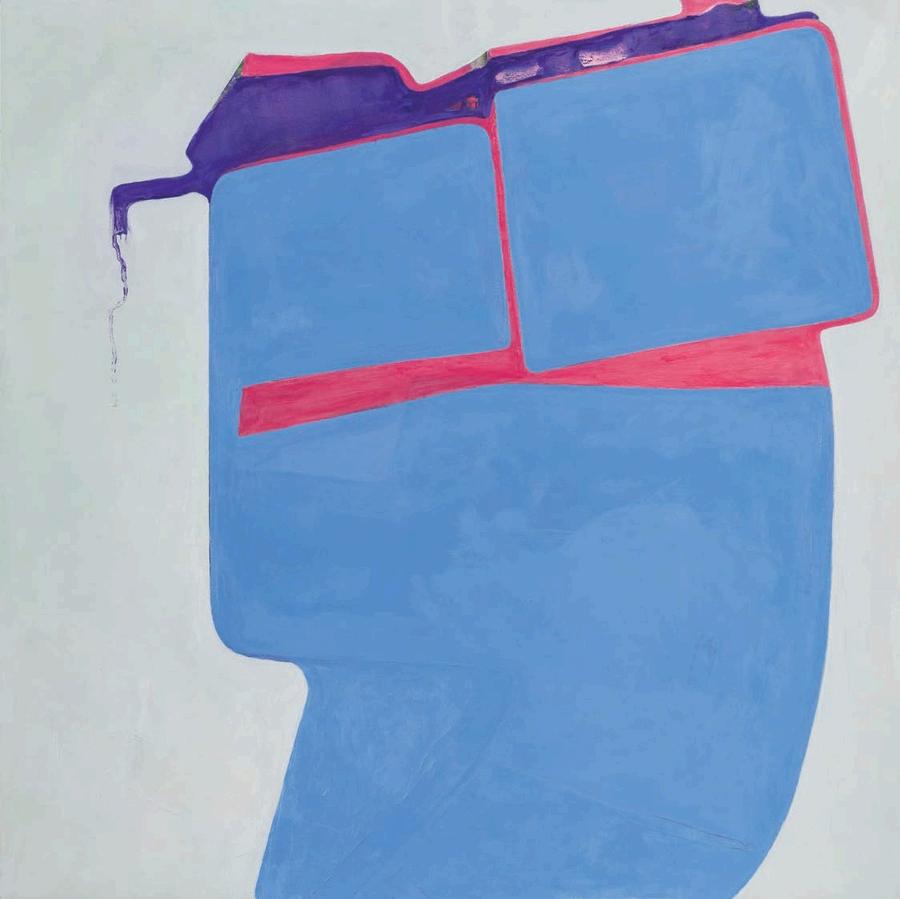
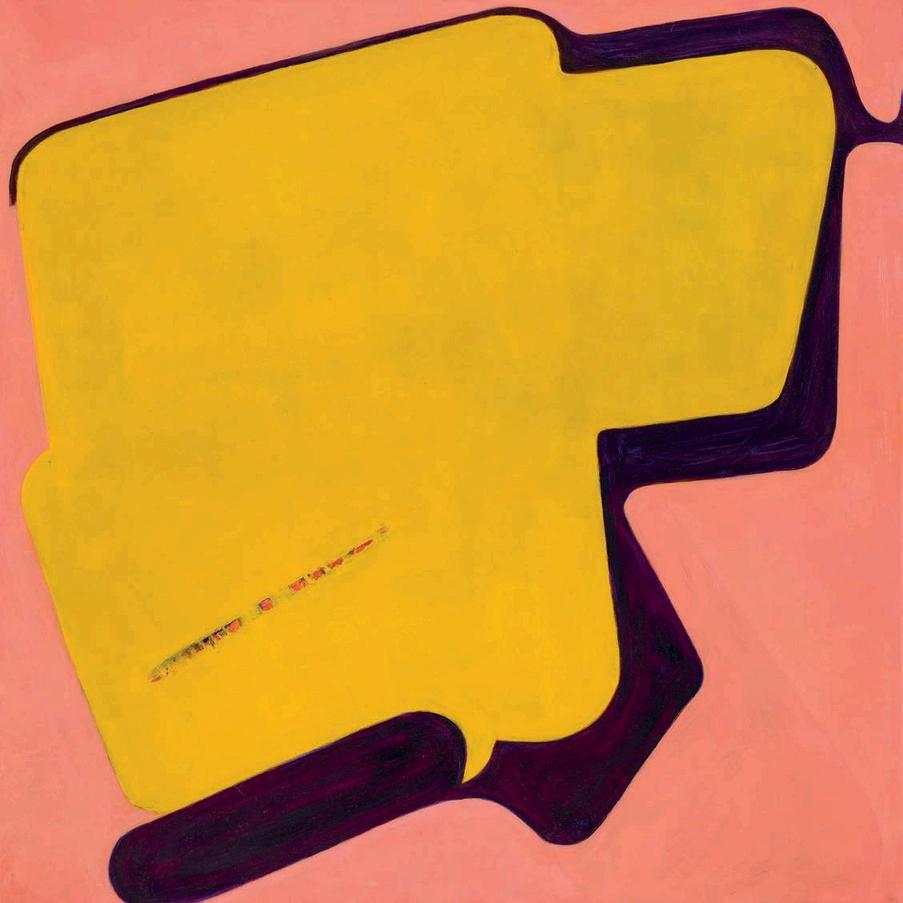
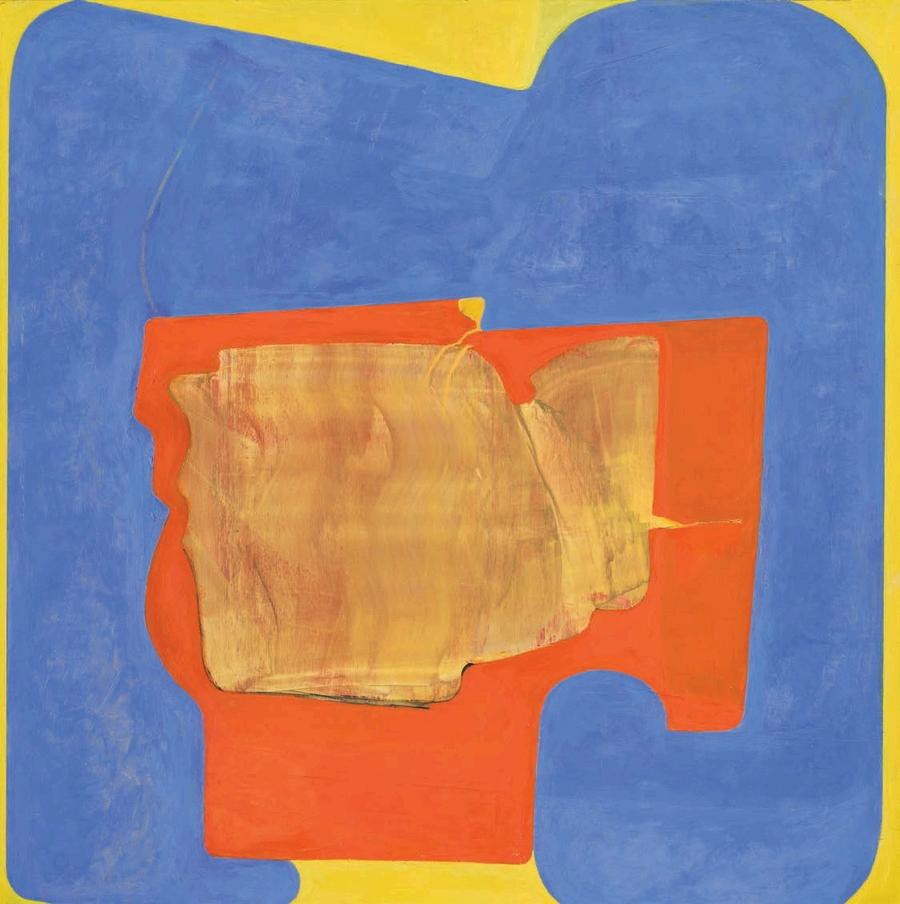
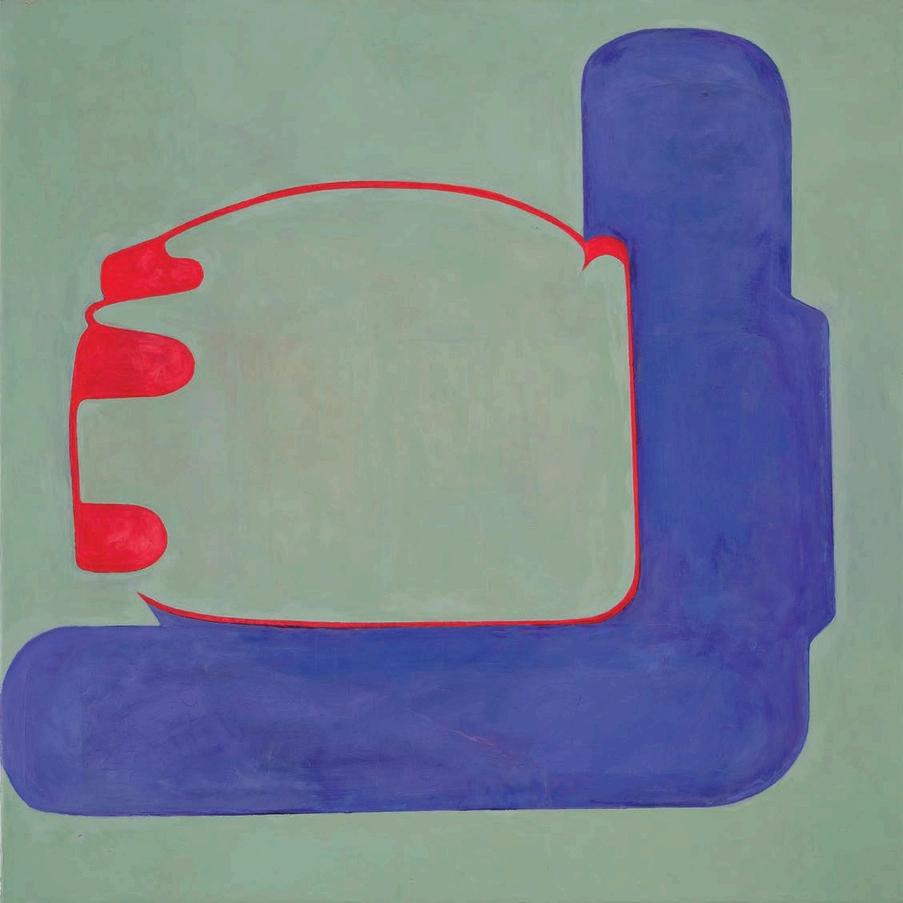
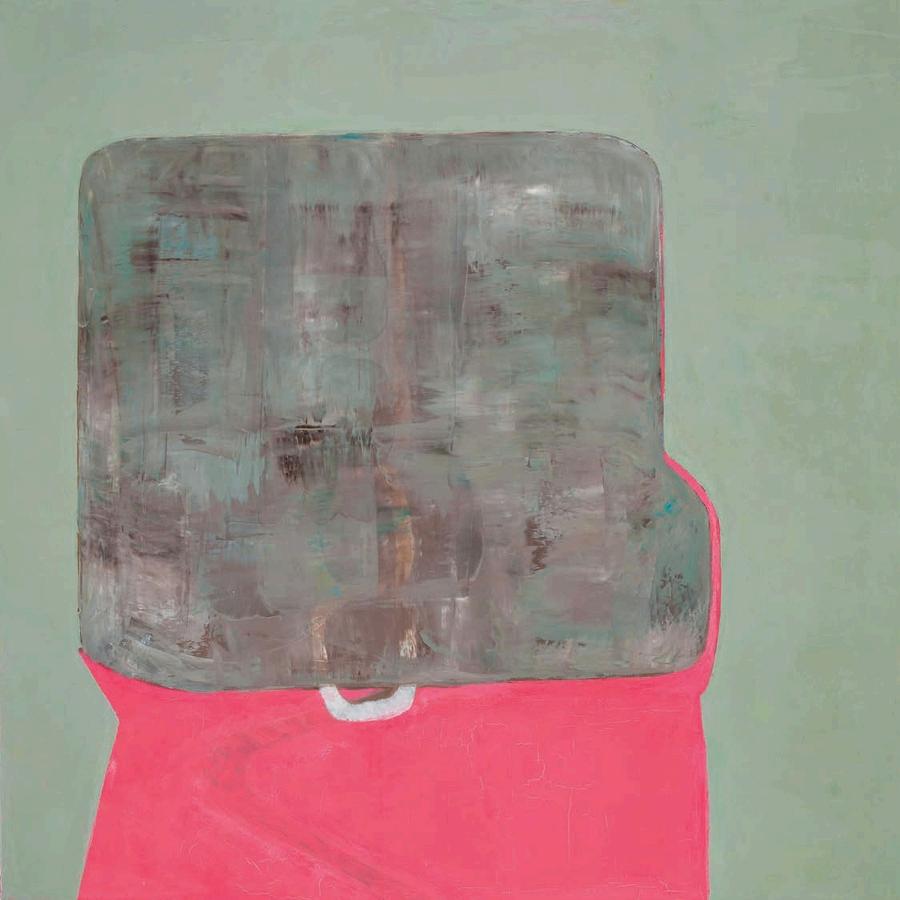
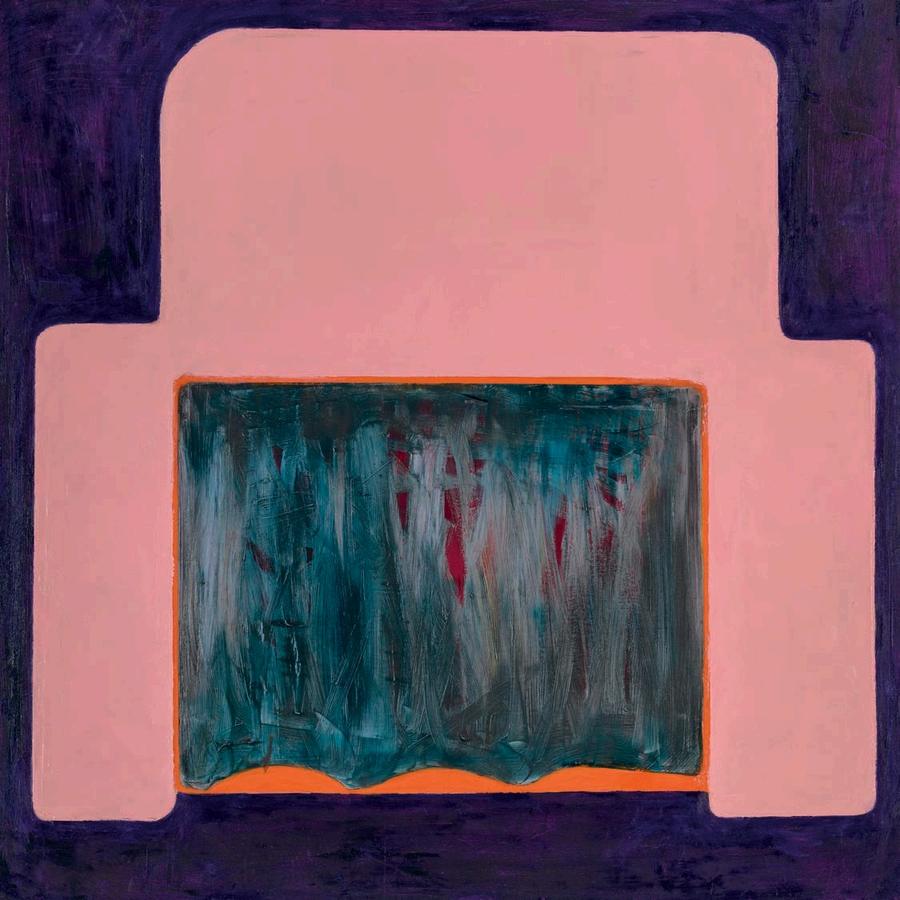
BEHIND THE CURTAIN, 2025 O L ON WOOD, 30 X 30”
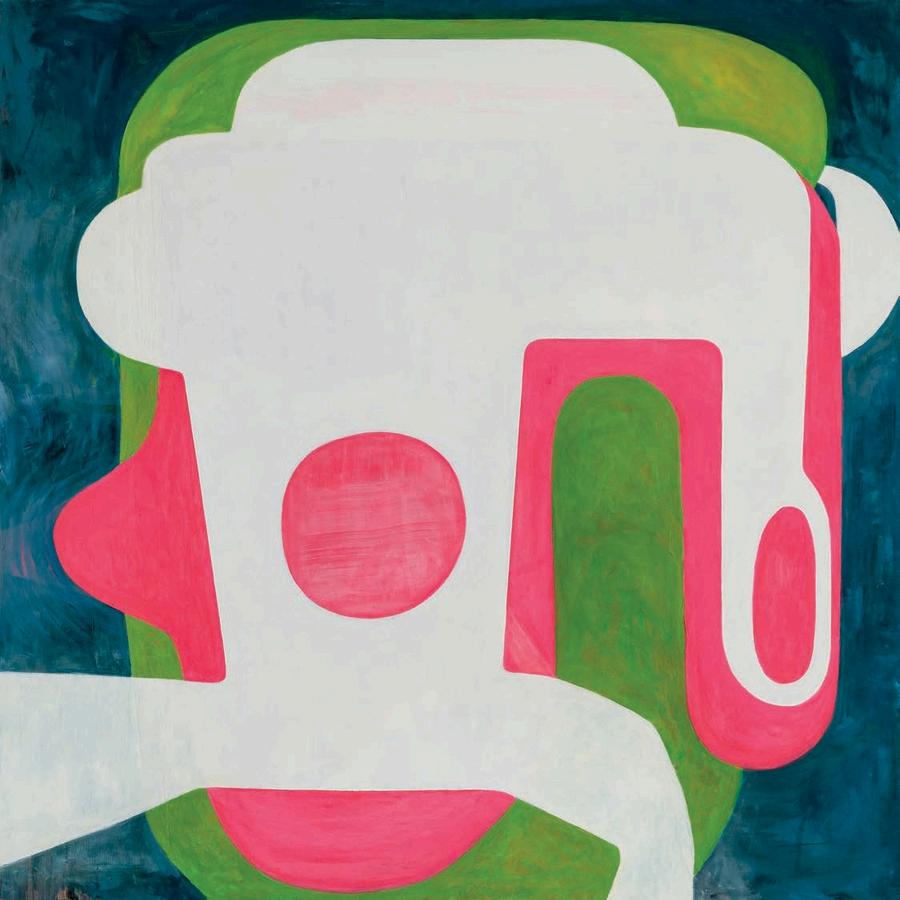
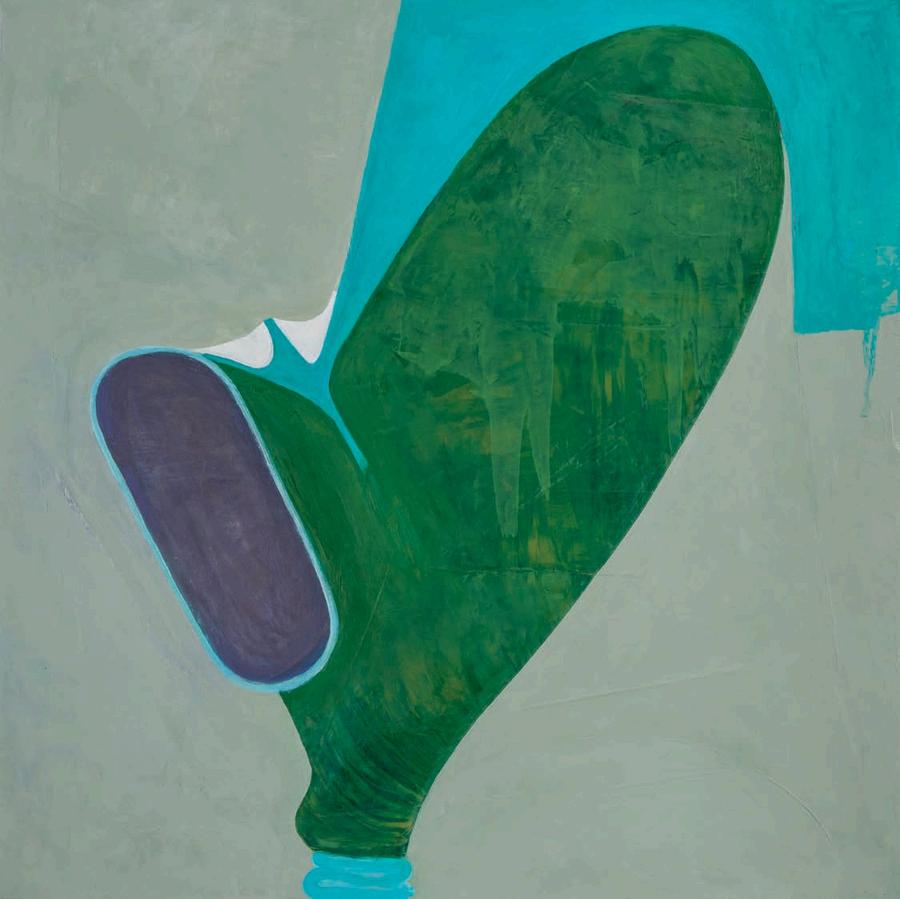
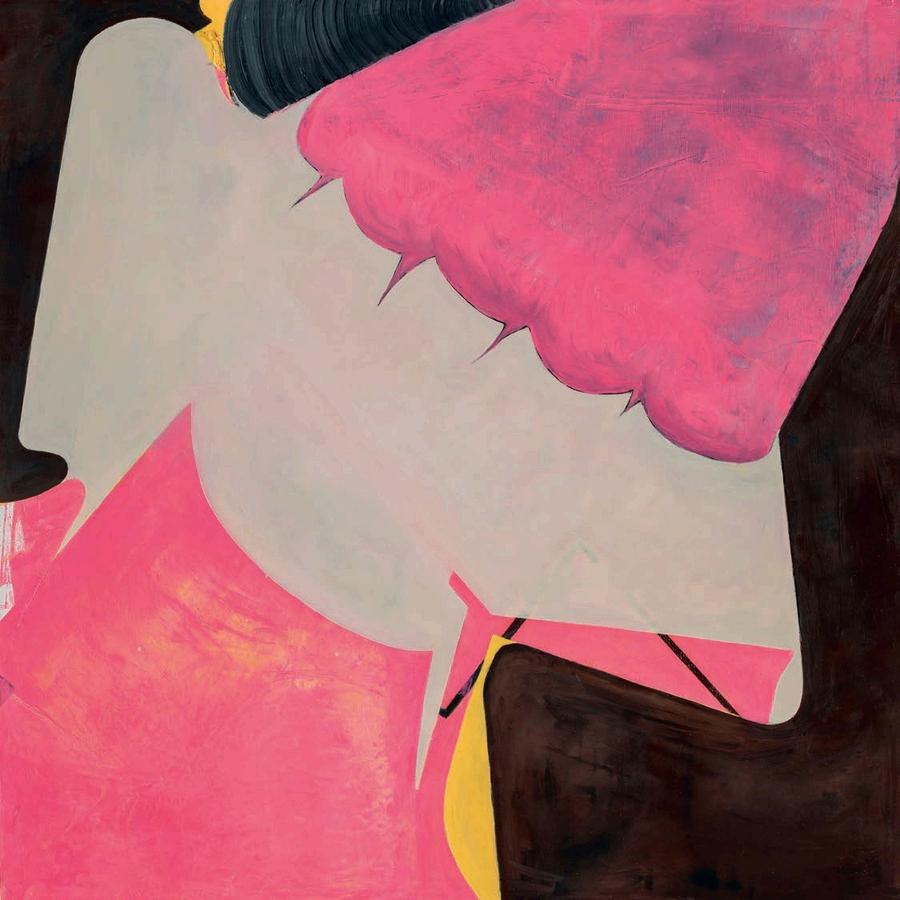
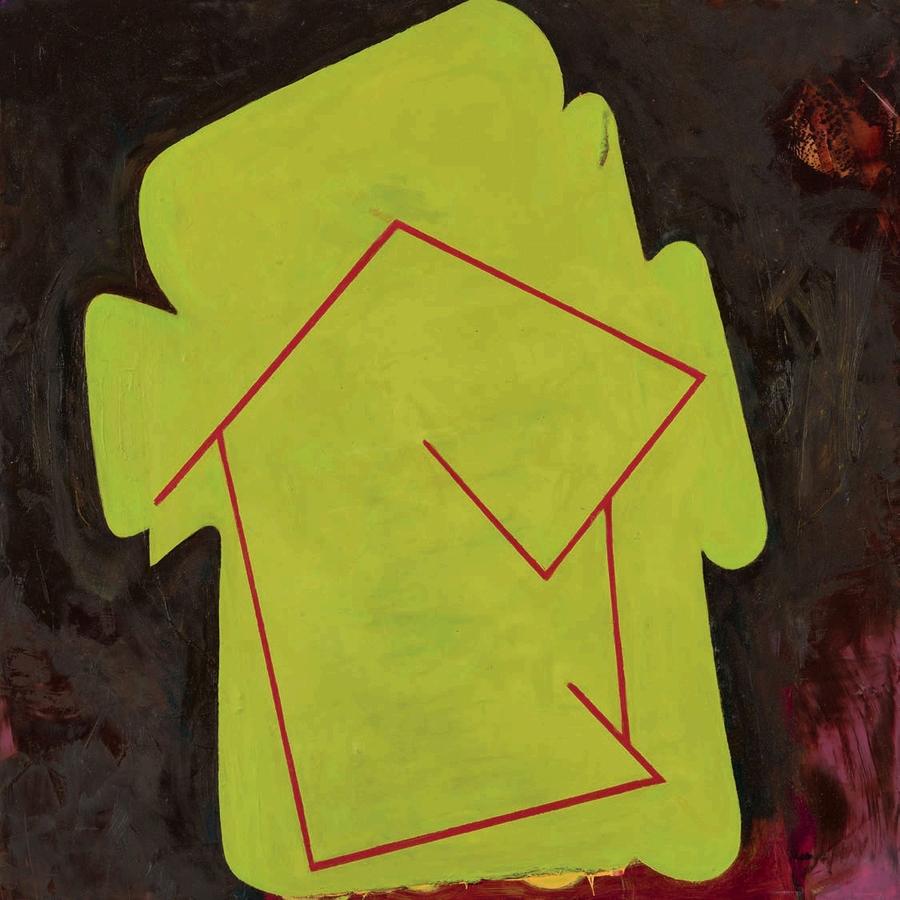
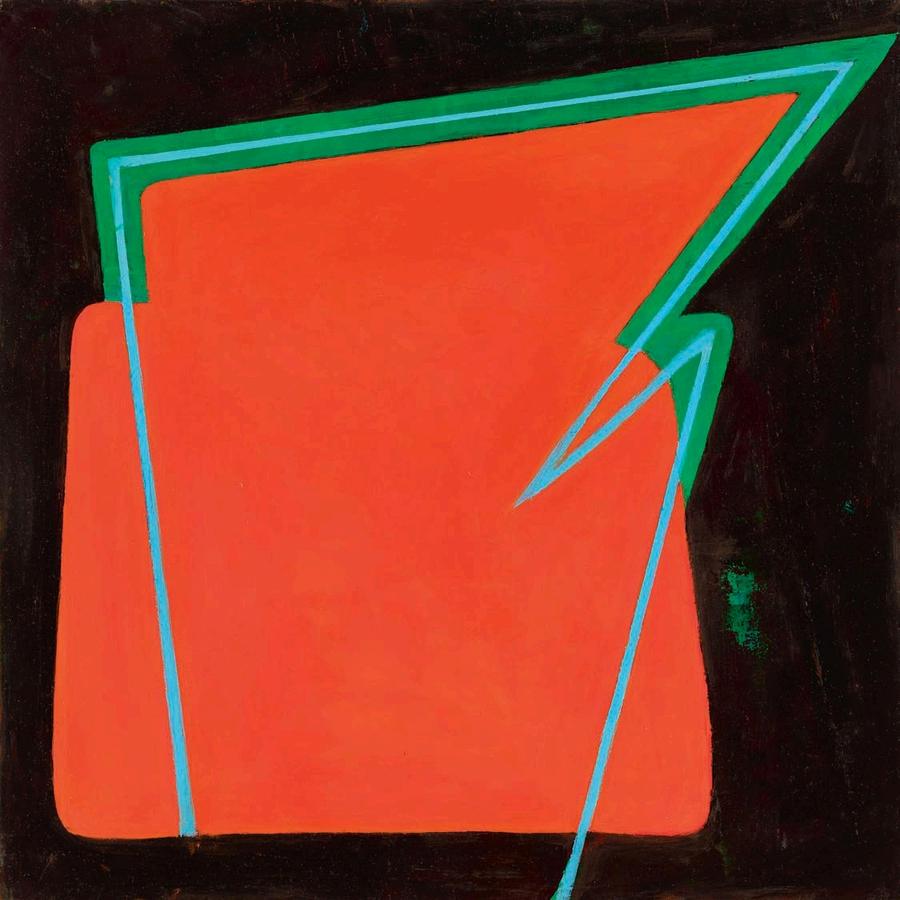
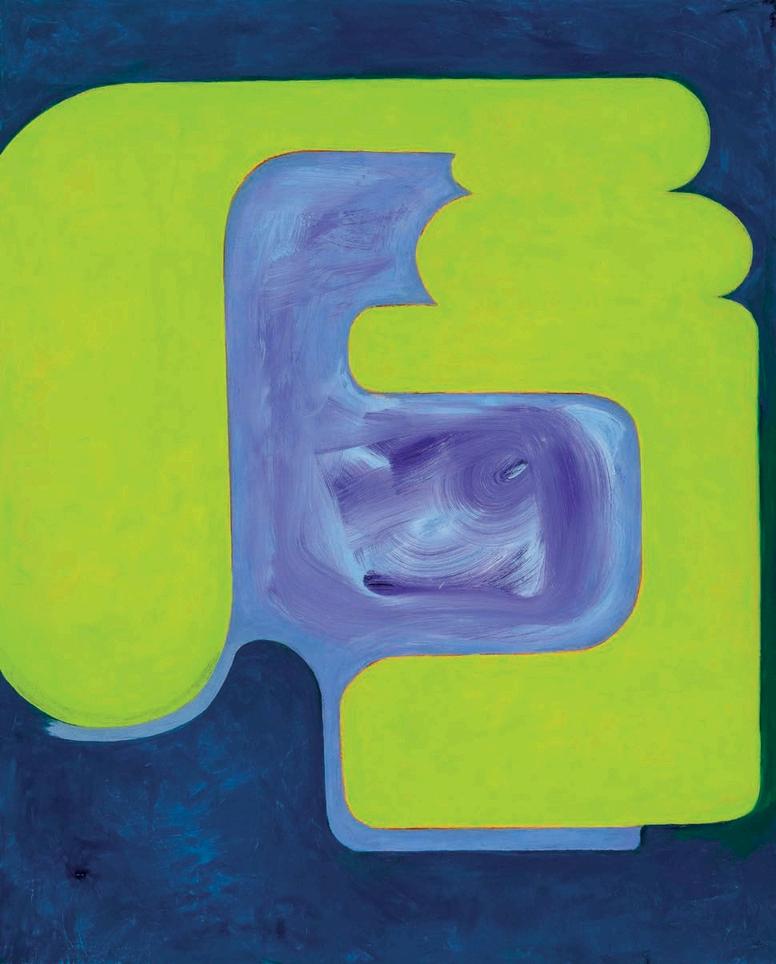
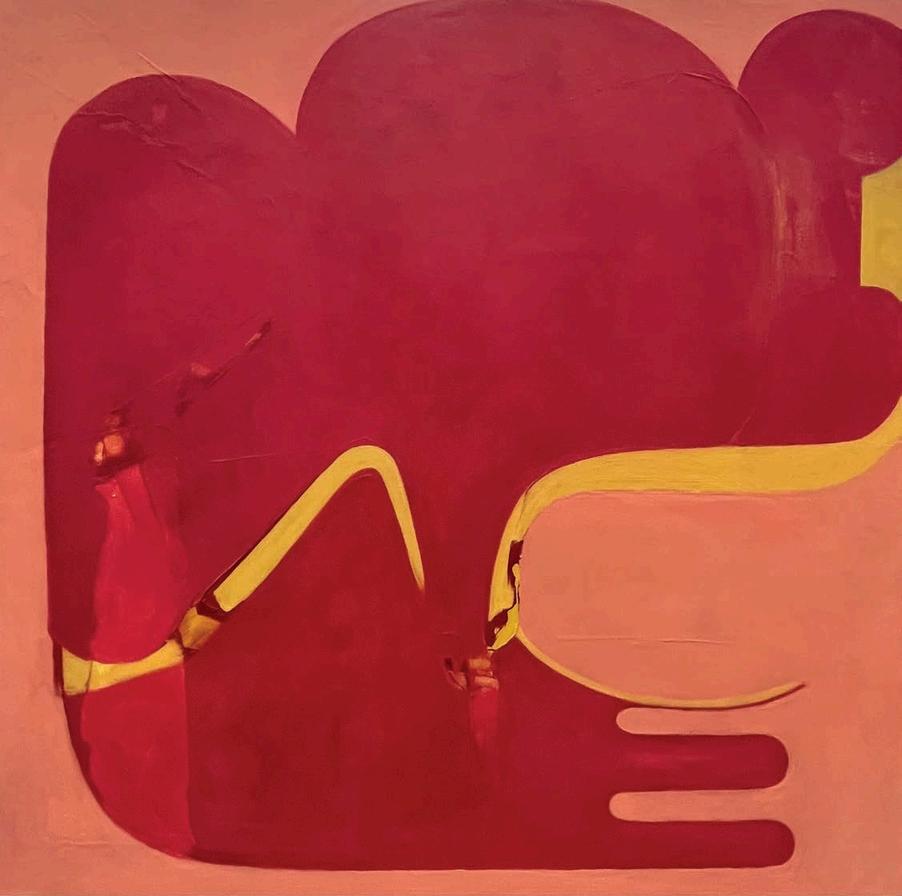
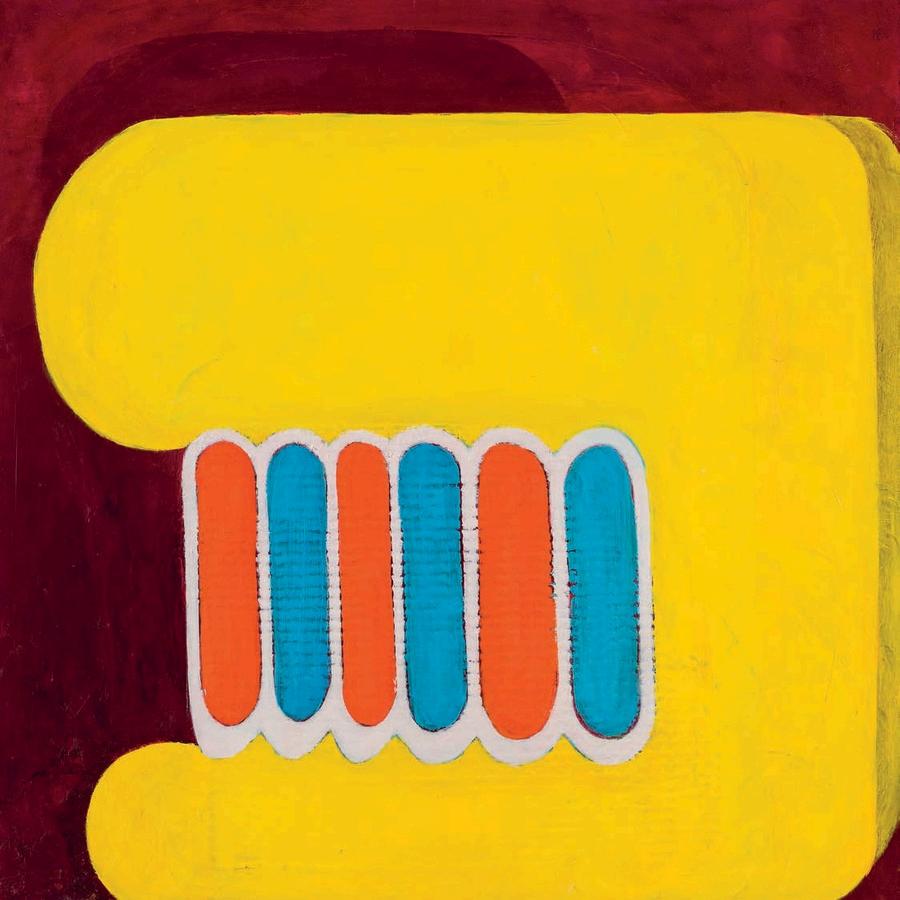
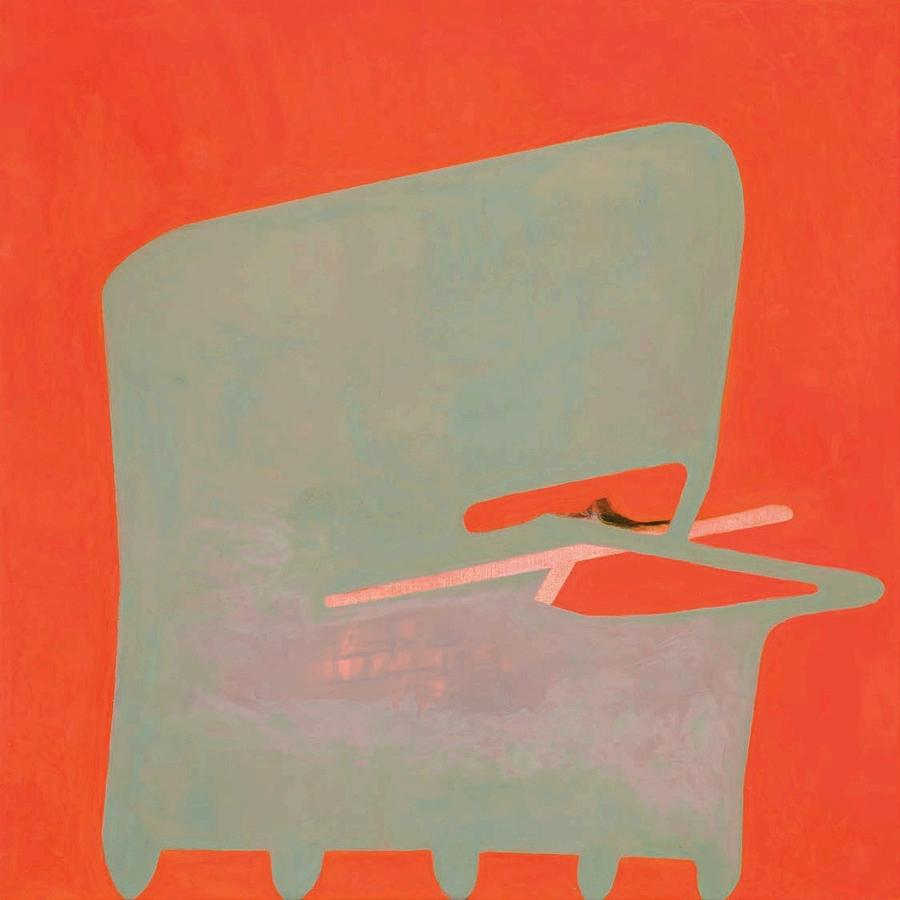
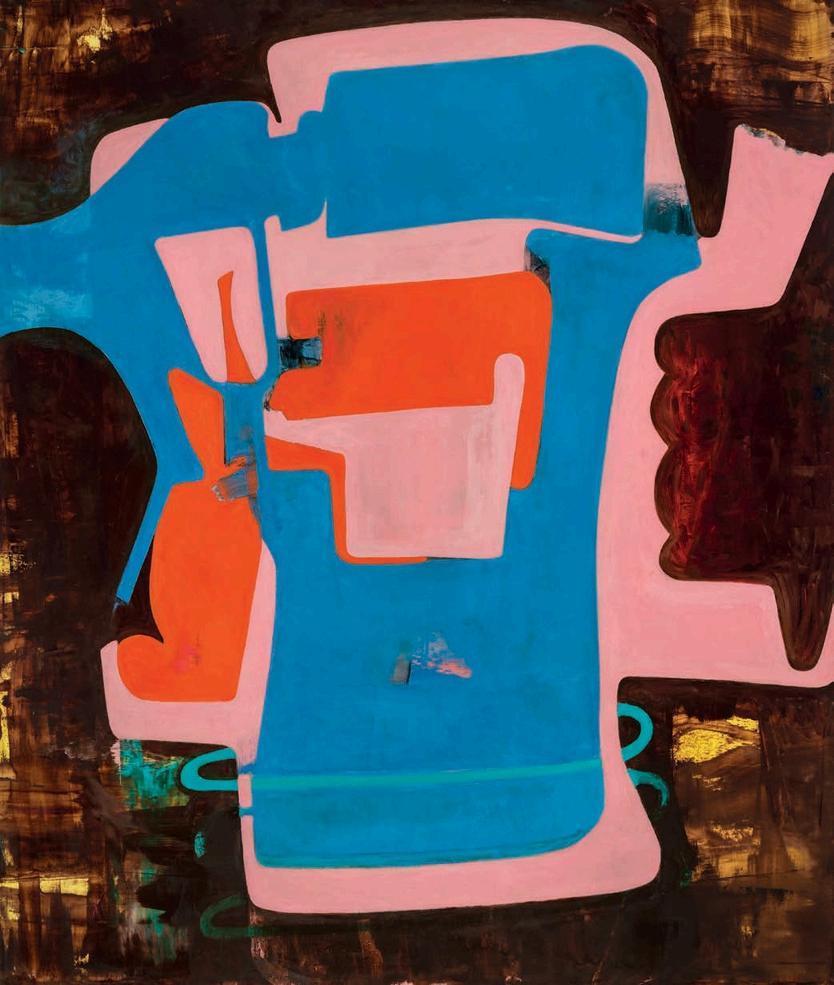
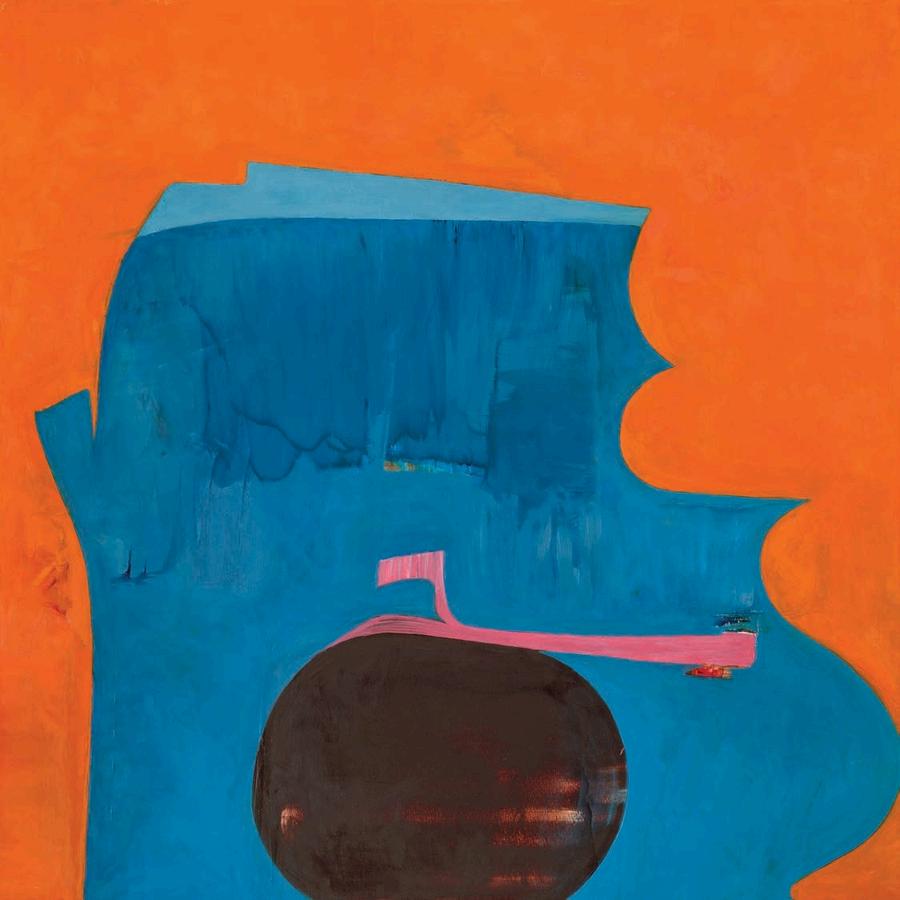
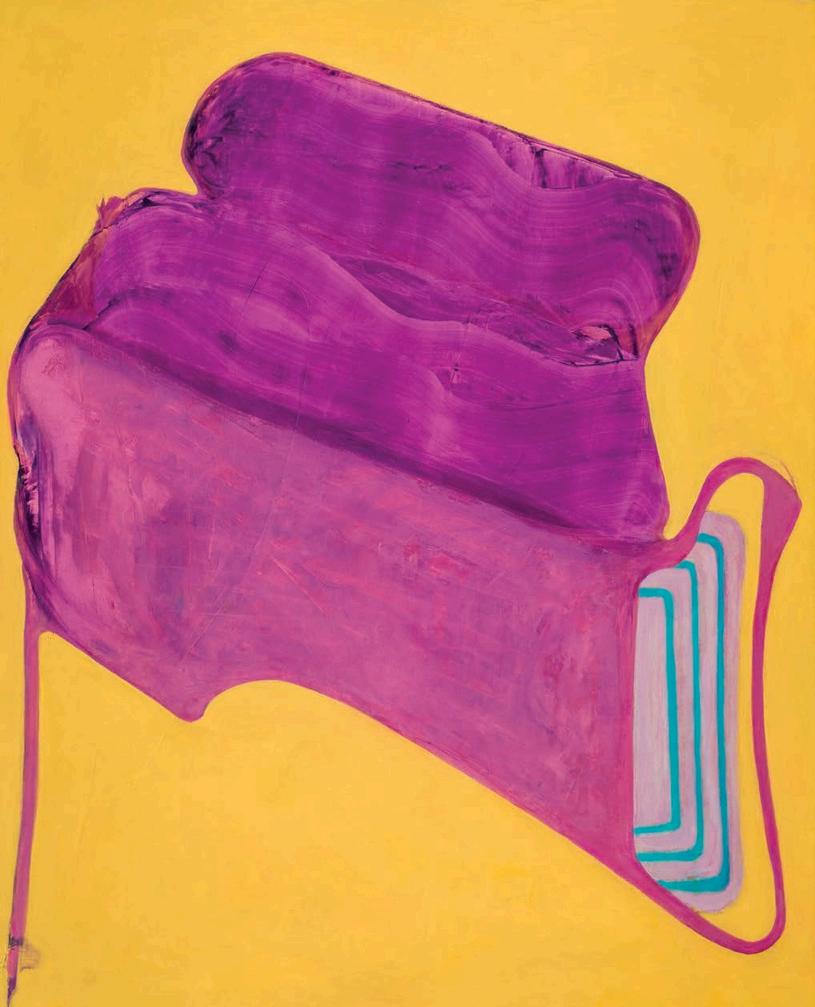
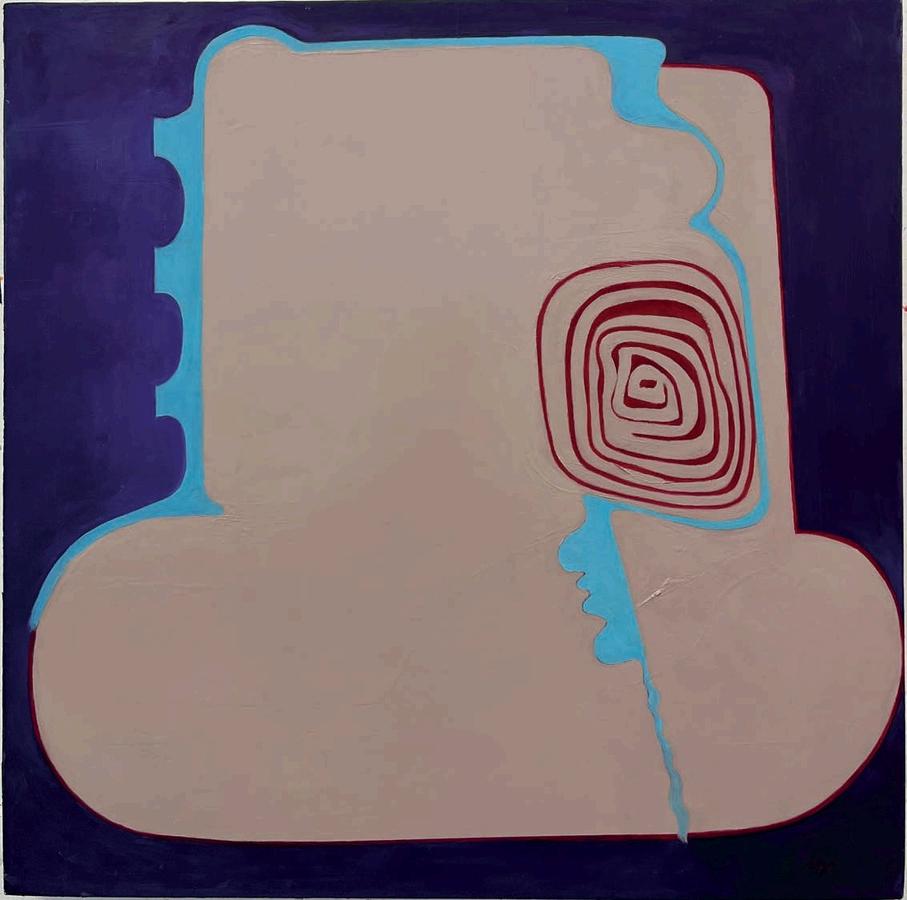
FRAN SHALOM
KATHRYN MARKEL FINE
KATHRYN MARKEL FINE ART, NEW YORK, NY HUNTERDONMUSEUM, HUNTERDON, NJ
KATHRYN MARKEL F NE ART NEW YORK NY
KATHRYN MARKEL FINE ART, NEW YORK NY OHN DAVIS GALLERY, HUDSON, NY KATHRYN MARKEL FINE ART, NEW YORK, NY
JOHN DAVIS GALLERY HUDSON NY
THEPAINTINGCENTER, NEW YORK, NY
JOHNDAVISGALLERY, HUDSON, NY
JOHNDAVISGALLERY,HUDSON NY
TROYERF TZPATRICK,LASSMAN GALLERY WASH NGTON DC
55MERCERGALLERY NEWYORK NY
FOGGARTMUSEUM,CAMBRIDGE, MA
DRAWING ROOMS JC
ZURCHERGALLERY,NEWYORK NY
EQUITYGALLERY.NEWYORK | CURATED BY DAVID COHEN
ASONMCCOYGALLERY ONLINE
KATHRYNMARKEL FINE ART NEW YORK NY
1GAPGALLERY BROOKLYN,NY | CURATED BY DAVID COHEN
CLEMENTESOTOVELEZCENTER NEW YORK, NY
NEWARK N
PAINTINGCENTER,NEWYORK NY CURATED BY RACHEL WREN
NEWYORKSTUDIOSCHOOL NEW YORK NY
KATHRYNMARKELF NEART,NEW YORK, NY
S DESHOWGALLERY,WILL AMSBURG NY
NATIONALARTCLUB CURATED BY DEE SHAP RO. NEW YORK, NY
NEW YORKSTUDIOSCHOOL CURATED BY ANDREW ARNOT, LAWRENCE GREENBERG
LESLIE HELLER and MILES MANNING
NEW YORK STUDIO SCHOOL, NEW YORK, NY | CURATED BY FRED VALENTINE, JASON ANDREWS & YGENEVAS BARAS
LABSPACEARTGALLERY, GREAT BARRINGTON MA
Little Hand | DRAWING ROOMS, JERSEY CITY, NJ
NEW JERSEY ARTS ANNUAL NEWARK MUSEUM NEWARK N THE LAST BRUCENNIAL NEW YORK NY
VALENTINE GALLERY THE ART STORE, NEW YORK, NY
PAINTING CENTER NEW YORK, NY | CURATED BY JOANNE FREEMAN
NEW YORK STUDIO SCHOOL, NEW YORK, NY | CURATED BY JOHN NEWMAN
NANCY MARGOL S GALLERY NEW YORK, NY
PAINTINGCENTER NVITAT ONAL, NEW YORK, NY
SweetCake Enso | EMPTY HAND ZEN CENTER, NEW ROCHELLE, NY | CURATED BY CATHERINE SPAETH
FRAN SHALOM
| | A umni Show’ | NEW YORK STUDIO SCHOOL, NEW YORK, NY | CURATED BY SEAN SCULLY
OHN DAV S GALLERY, HUDSON, NY
|Benefit Exhibition for Groundswe l Org. | ARTISTS SPACE NEW YORK, NY
Taboo | MAKEREADY GALLERY, MONTCLAIR, NJ | CURATED BY JERRY SALTZ | (2nd place award)
JOHN DAVIS GALLERY NEW YORK NY
STEFAN STUX GALLERY, NEW YORK NY
‘Emerge 2003 | ALJIRA CONTEMPORARY ART CENTER NEWARK, NJ | CURATED BY DOMINIQUE NAHAS
‘Night of a Thousand Draw ngs | ARTISTS SPACE, NEW YORK NY Visual A ds Benefit Exhib tion | GALERIE LELONG, NEW YORK, NY
MYSOP GALLERY, ART GUYS HOUSTON, TX
WASH NGTON PROJECT FOR THE ARTS WASHINGTON, DC
PACE/MACGILL GALLERY NEW YORK NY
HUDSON RIVER MUSEUM, NEW YORK, NY
ROSE ART MUSEUM, WALTHAM MA
BIBLIOTEQUE NATIONALE, PARIS, FRANCE
METROPOLITAN MUSEUM OF ART NEW YORK NY
BROOKLYN MUSEUM OF ART, NEW YORK, NY
FOGG ART MUSEUM CAMBRIDGE, MA
ROSE ART MUSEUM WALTHAM, MA
ERIE MUSEUM OF ART, ERIE, PA
CURATED A SHOW AT KATHRYN MARKEL FINE ART, NEW YORK NY | with: SHARON HORVATH, LESLIE ROBERTS, JIMBO BLACHLY AND MEG ATKINSON
MID-ATLANT CART STFELLOWSHIP GRANT
CURATED A SHOW AT KATHRYN MARKEL FINE ART, NEW YORK, NY | with HELENO LEARY,CYRILLA MOZCENTER, CORDY RYMAN, RACHEL KL NGHOFFER AND SOPHIE FRIEDMAN-PAPPAS
CURATEDASHOW AT KATHRYN MARKEL FINE ART NEW YORK NY
POLLACKKRASNERARTISTFOUNDATION GRANT
MERCEDESMATTER AMBASSADORMIDDENDORFAWARD(SELECTED BY JULIE HEFFERNAN AND JENNIFER SAMET)
ERRY SALTZ
http //nymag com/arts/a l/to-do-2017-03-20/s)
MACDOWELLCOLONYARTIST RESIDENCY
NEWAMERICANPA NTING M D-ATLANTIC EDIT ON
M D-ATLANTICARTISTFELLOWSH P GRANT
| CURATED BY STEFAN STUX
ARTOM RESIDENCY,HUDSON NY
GERALD NEDODGEFOUNDATION FELLOWSHIP
EMERGEFELLOWSHIP AL IRA CENTER FOR CONTEMPORARY ART, NEWARK NJ
NEAARTSANDHUMANITIES GRANT, WASHINGTON, D C
NEW YORK STUDIO SCHOOL SAN FRANCISCO ART INSTITUTE
UNIVERSITY OF CALIFORNIA AT BERKELEY
KATHRYN MARKEL FINE ART, NEW YORK, NY
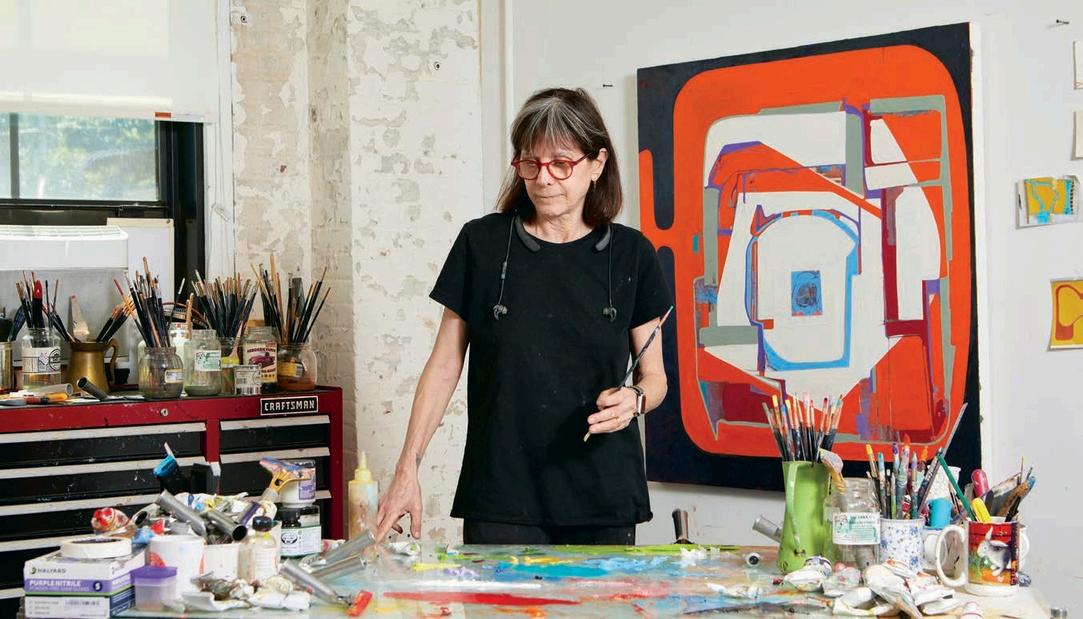
Thank you to KATHRYN DEBRA, SHANNON and HARRIS for putting this show together.
To JASON for your thoughtfu essay; SUSANNA for the wonderful catalog; PAUL for your photography and fun conversations; and TAVMEET for your dogged assistance. To BARRY for your qu et encouragement and to VALORIE for your kindness. And of course, to all my friends.
And to ALAN, JOSH and MAGGIE for their love and support. And especially to ALAN for his attempt (not always successful) to look at an abstract paint ng without see ng a rabb t or a vase).
